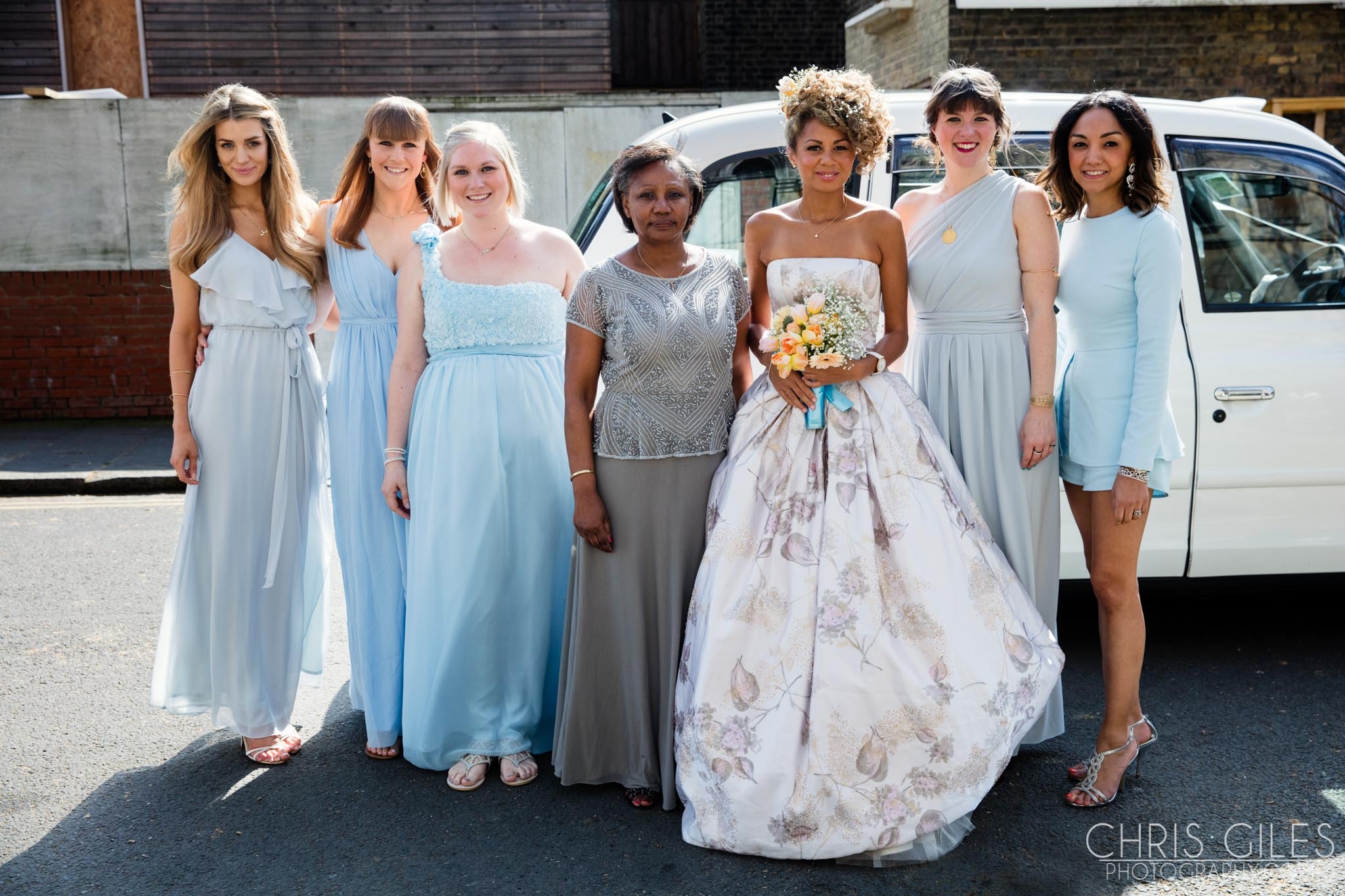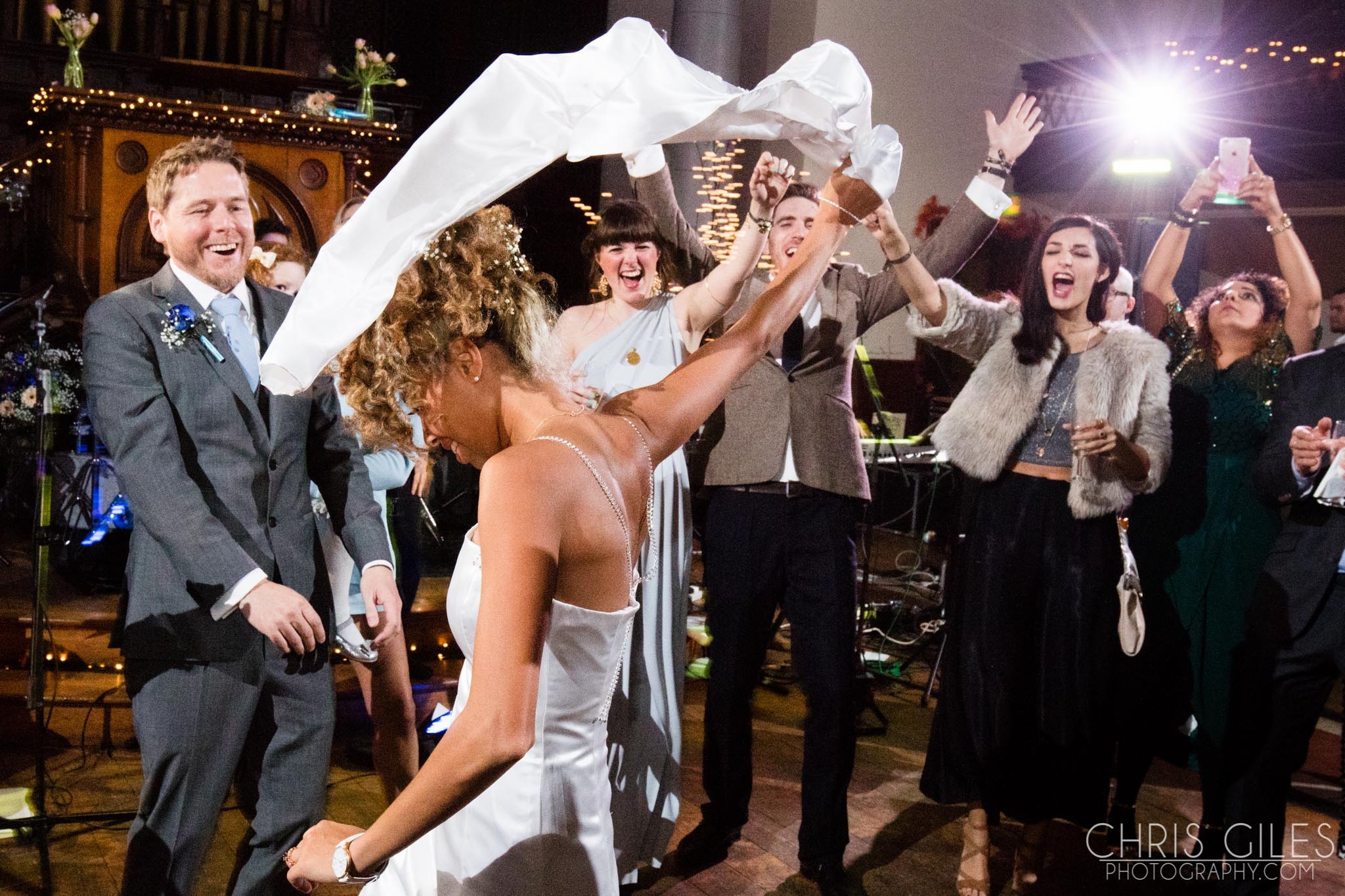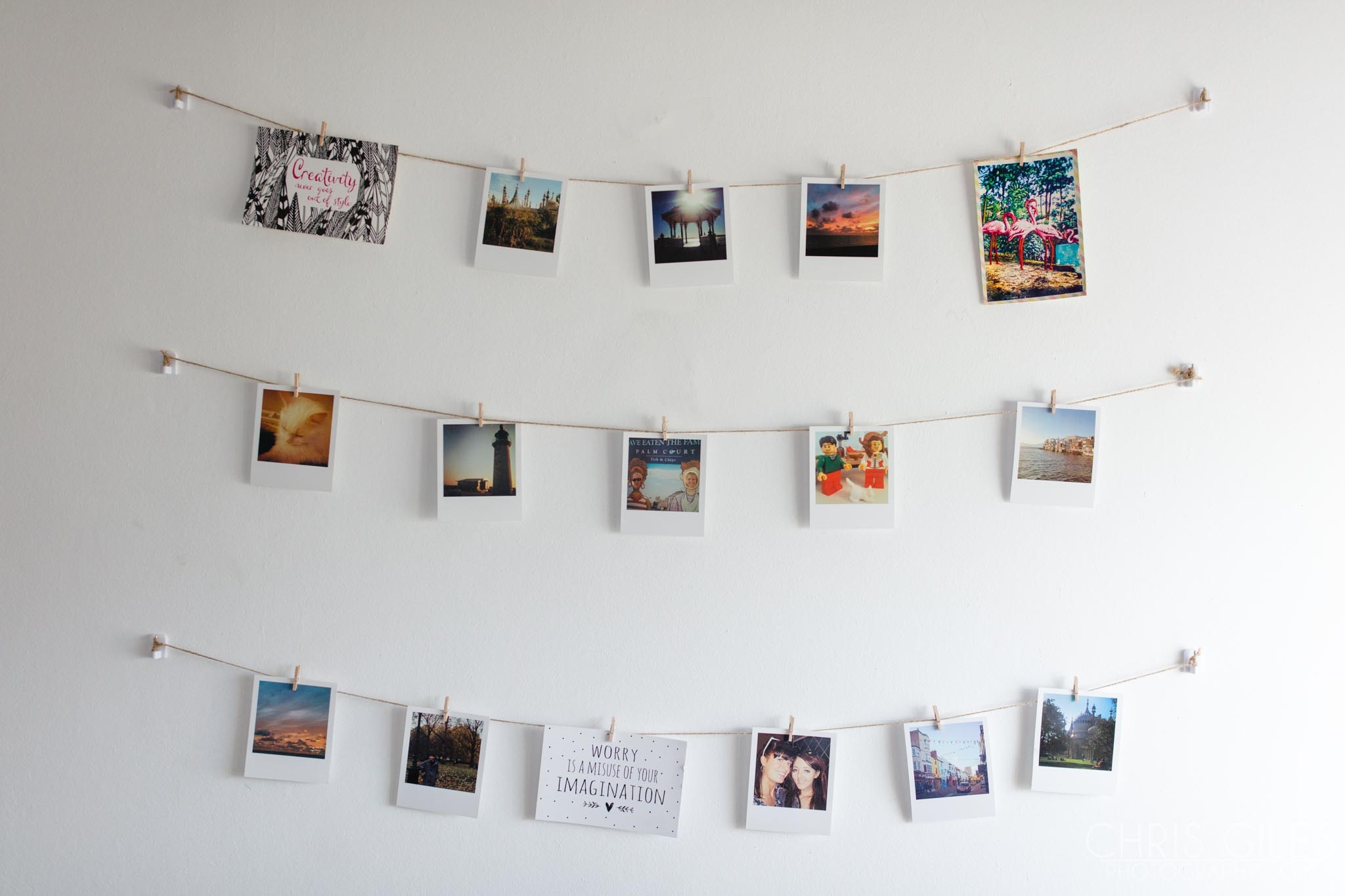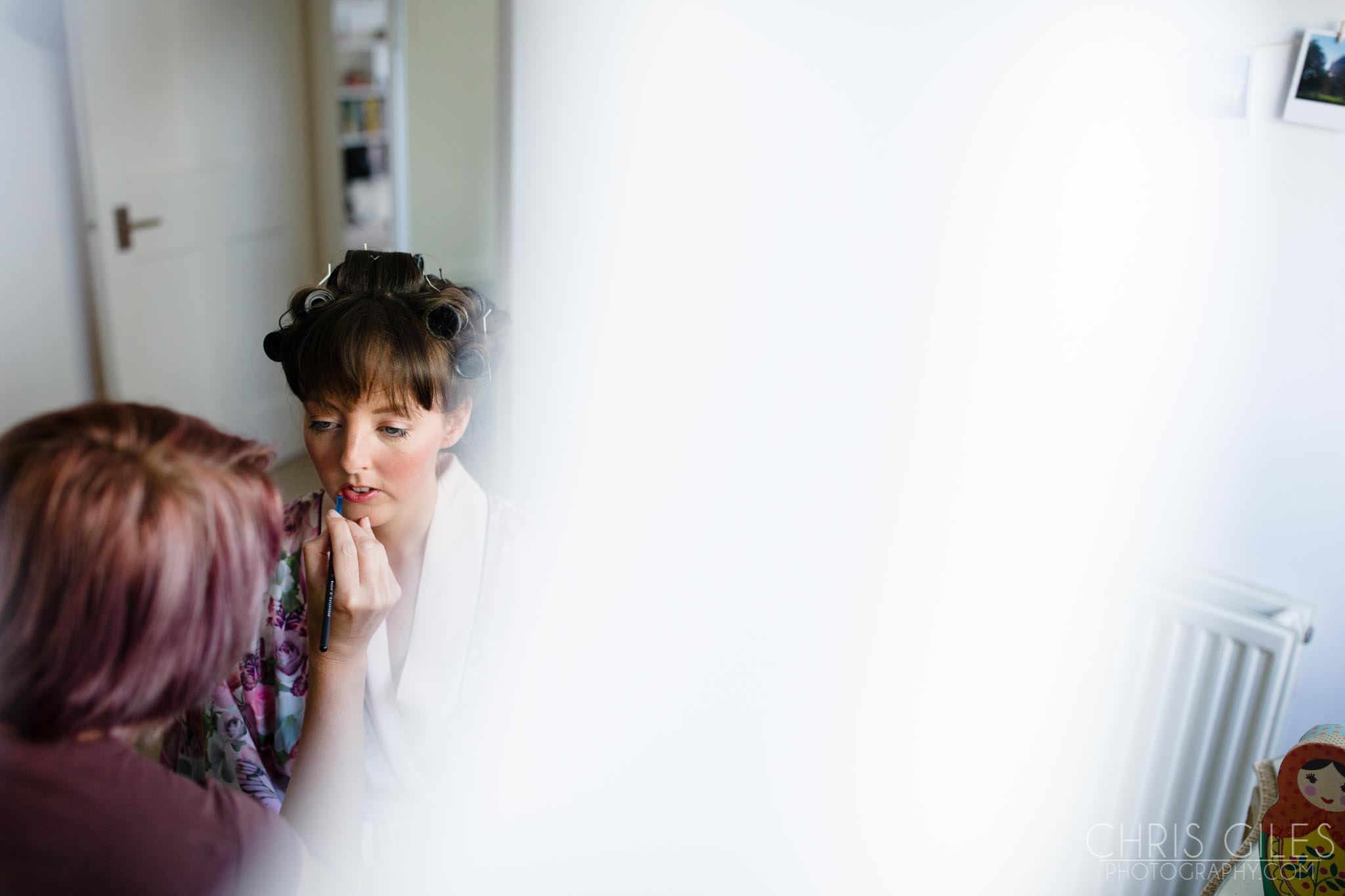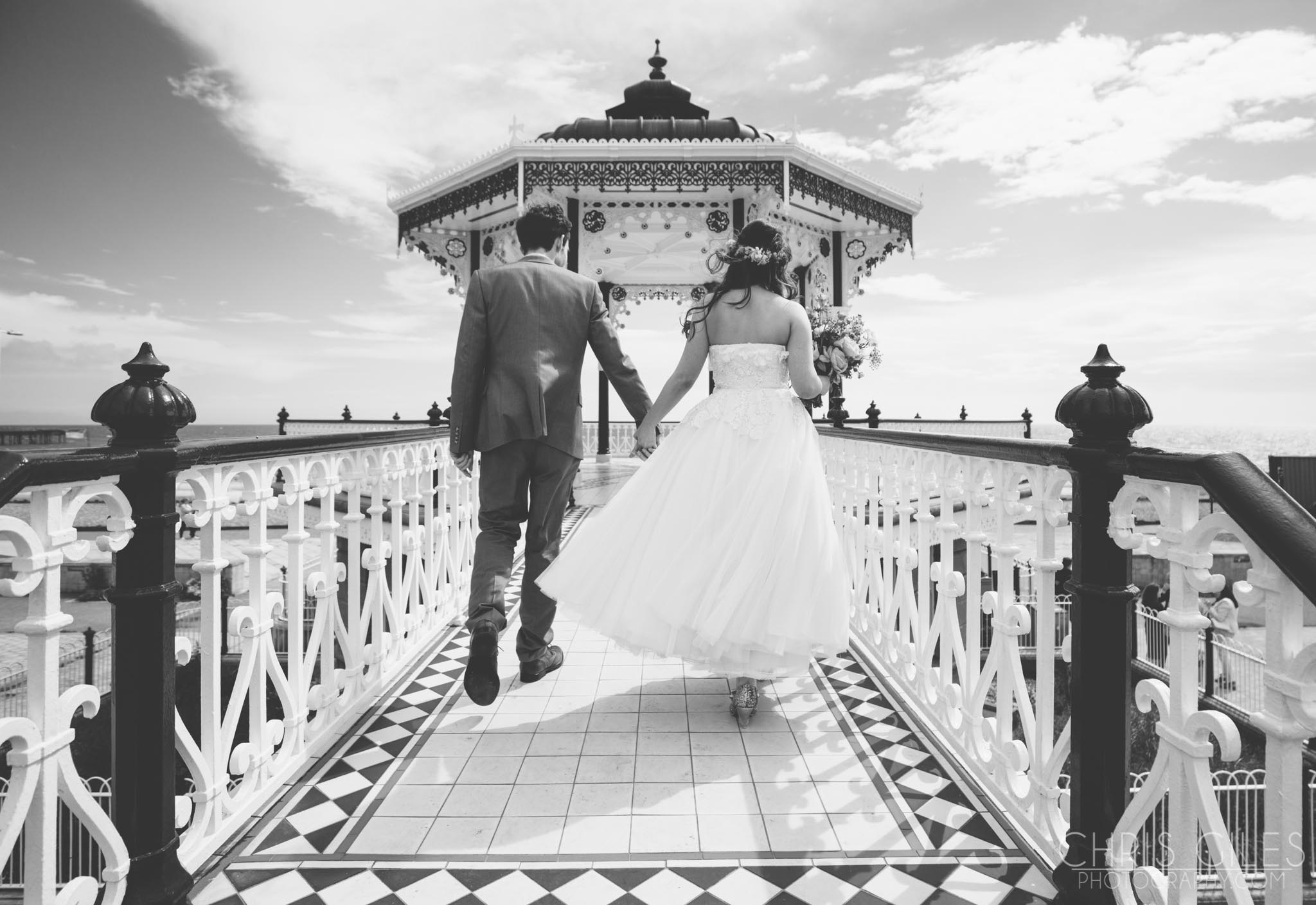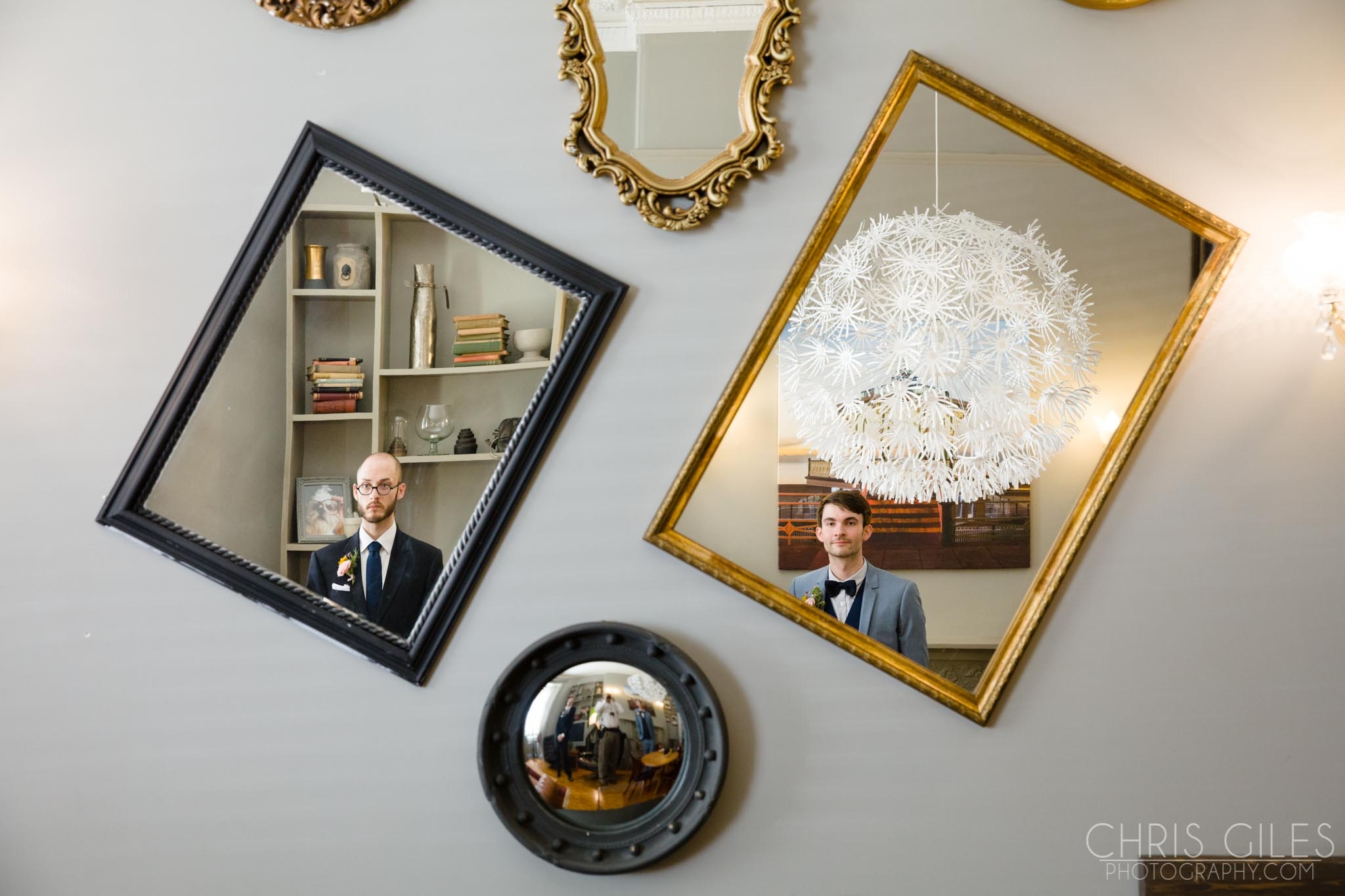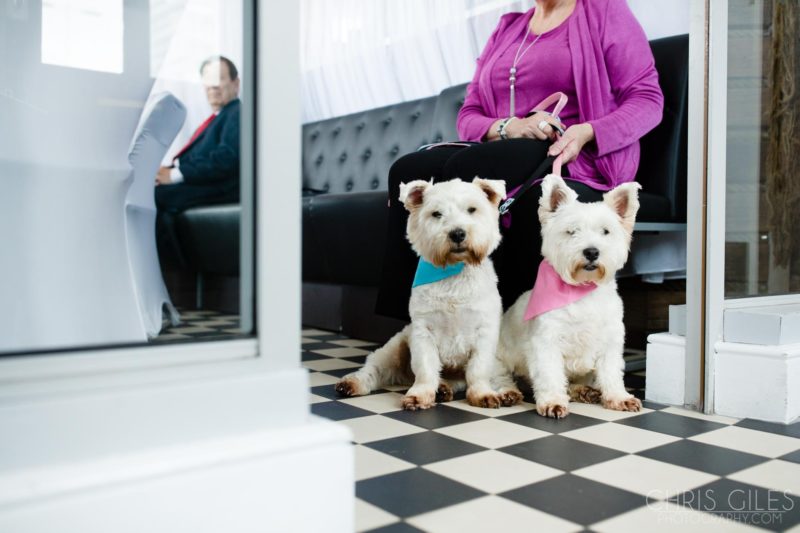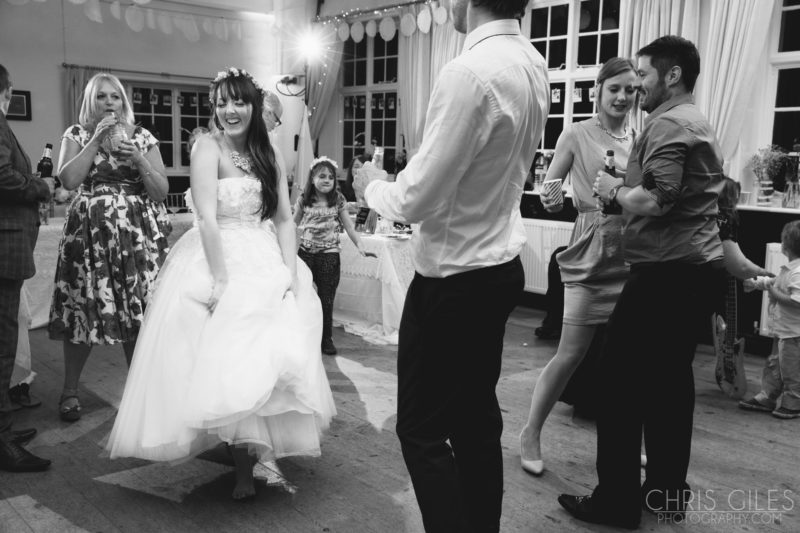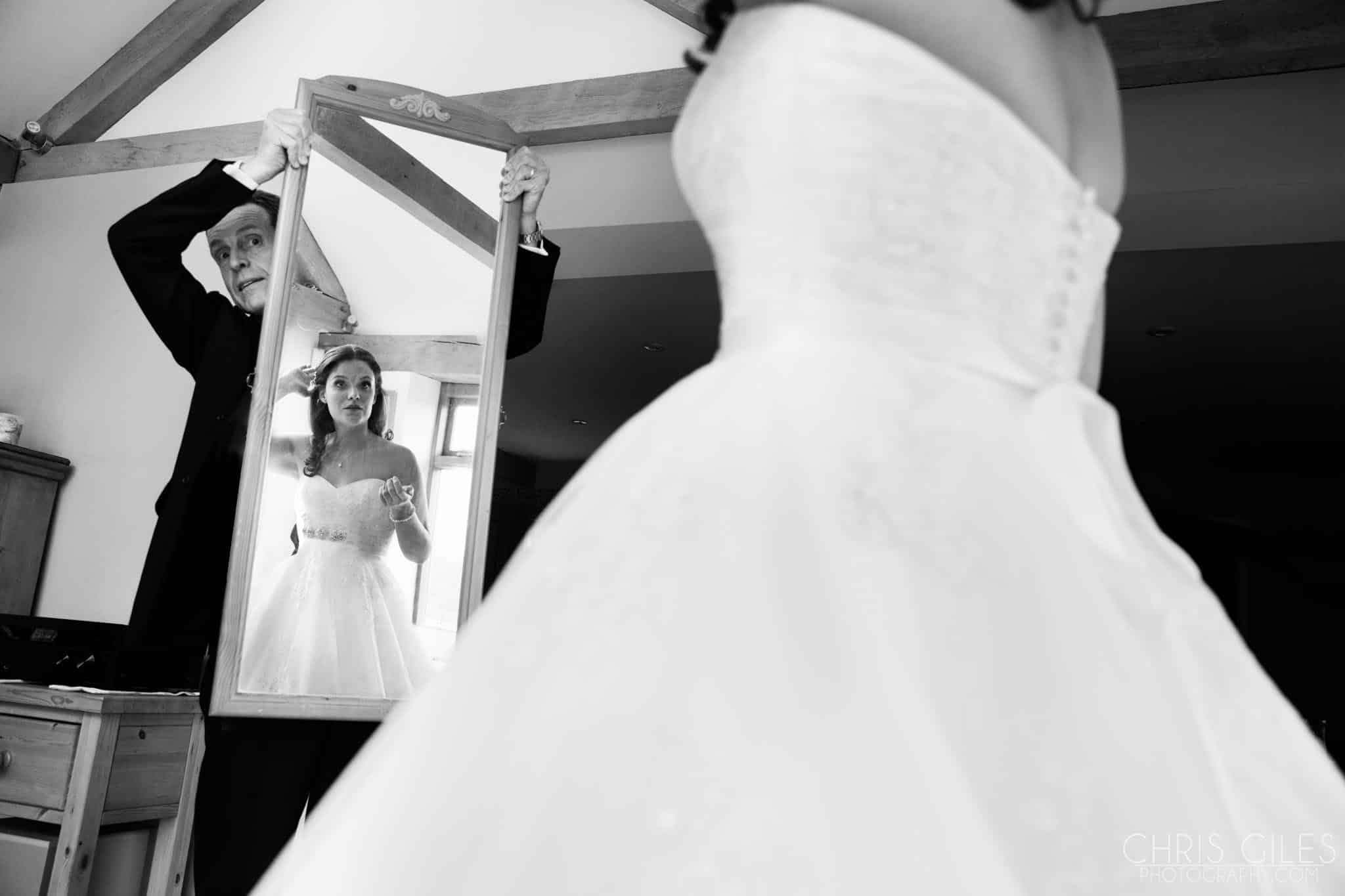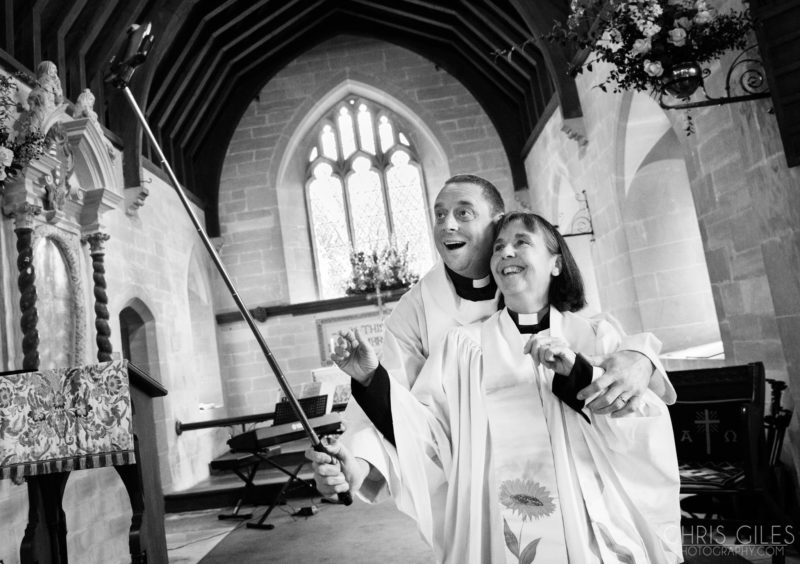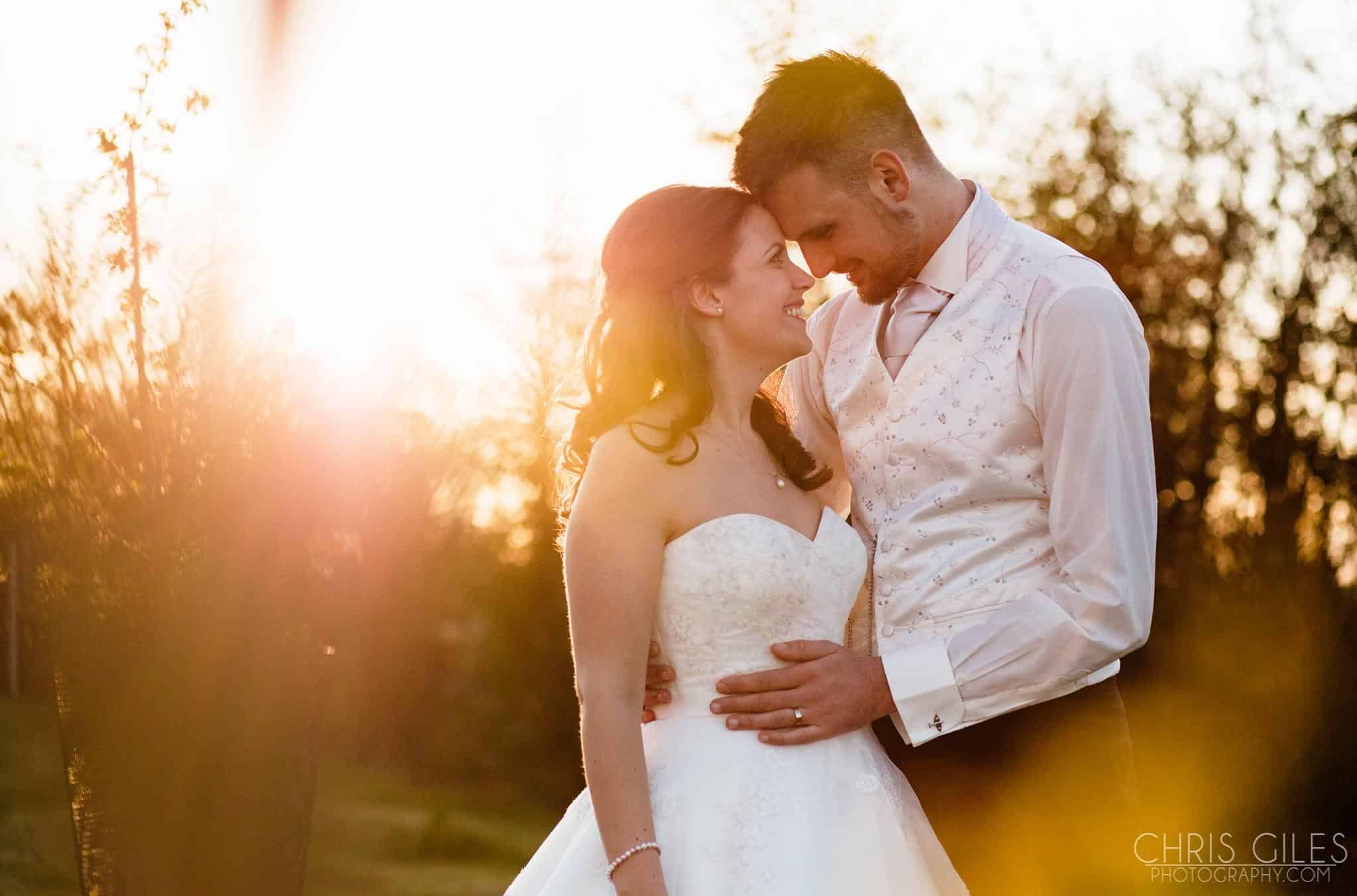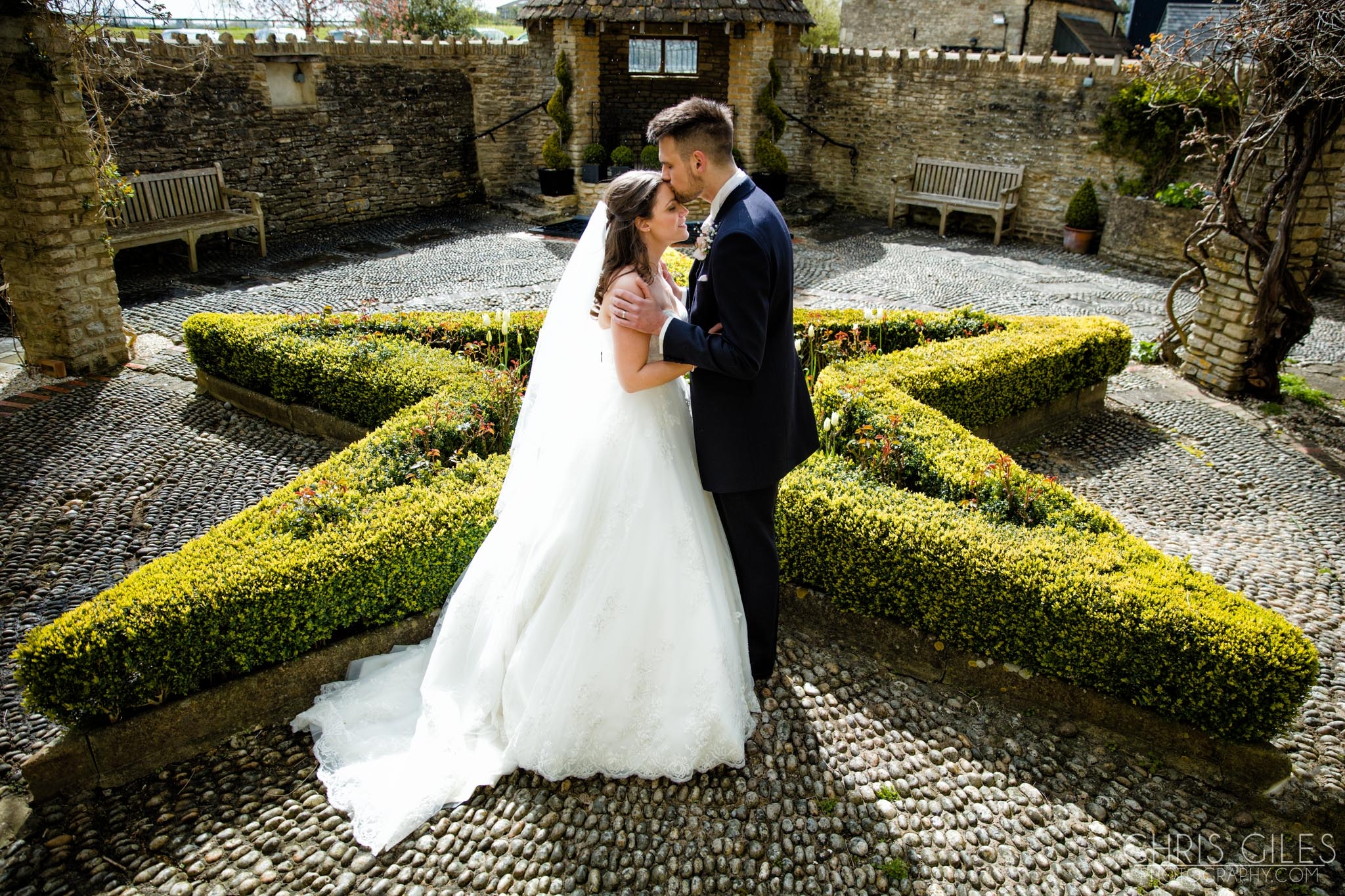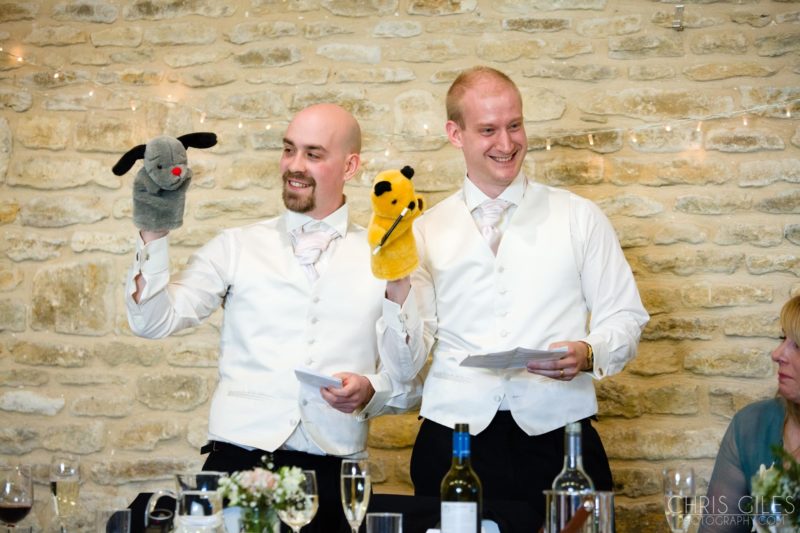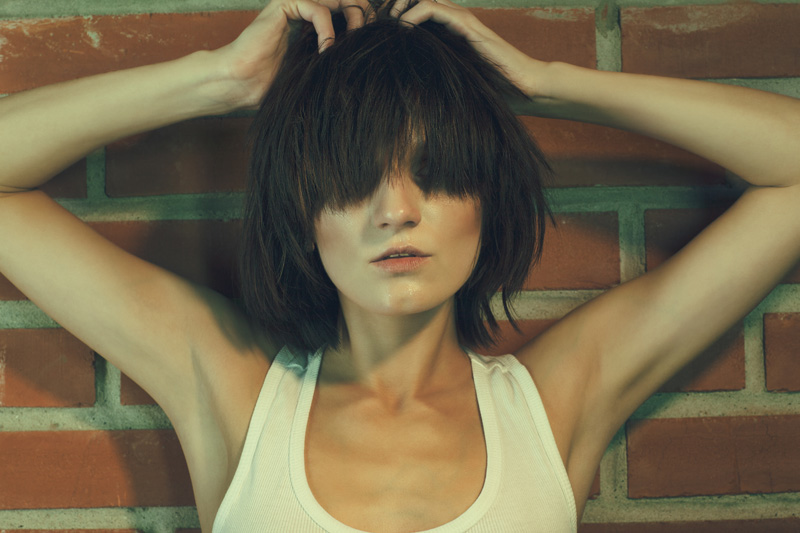Recently DC Mag featured the Four Golden Rules to Photographing Real Estate, recommending the best cameras, lenses and kit for the highest standard digital photography of properties for sale or to let – also listing basic lighting and composition tips for first-time success. Our aim is to help both improving and professional digital photographers to become as knowledgeable and versatile across their trade. Whether property and interior image capture is an area of specific interest to you, or an interesting way to find a supplementary income, the ability to offer a wide skill set is an advantage in an ever-competitive world of digital photography and image editing. Practical advice and up to date knowledge in a number of specialist, niche areas of photography should help digital photographers improve the chances of creating an adequate income.
What Aspects of Interior Design are the Most Universally Appealing?
We’ve researched the real-estate experts that have years of property selling experience to bring you the most appealing decor and interior design features that both add value to a home’s sale price, while bearing in mind how, as a photographer, to best capture a home’s best features in listings for a quick sale.
Most potential buyers look for period-appropriate finishes across a potential home, and are overwhelmingly attracted to listings of properties that look like they could be moved in tomorrow with minimal disruption and alteration. This means that across the board, wooden floorboards and complimentary doors, plaster and moldings that fit the style of the property are essential, and as such these features should be captured in property photography using techniques that not only flaunt the natural appeal of these materials, but enhance them using creative lighting and compositions that give an attractive feeling of space.
Why Wood?
Realtor’s real estate expert, Leslie Piper, agrees that wooden floors have universal and timeless appeal, and that properties that feature a polished wooden floor will always gain more interest and sale value. For a photographer, focus on the natural textures of waxed, stained or polished wood is important. The colour and texture of a floor or foreground can be utilised to compositional advantage, and making sure the natural lighting through windows in addition to artificial lighting can capture a polished floor to achieve a beautiful warm and opulent image.
For more info on flooring see GJP Flooring London.
Five More Composition Tricks
If you have invested in the installation or restoration and refinishing of wooden floors, flaunt each room in your property feature. Wooden floors are a relatively inexpensive way to create the idea of more versatility, luxury and value to your property.
Take images from the corner of a room to create as much negative space as possible.
Remove rugs to expose the density and colour of any high quality wooden flooring – this again creates more sense of space.
Natural lighting should be used wherever possible, however, to capture a texture contrast or a little reflection or shine, use additional light for a subtle and glamourous sheen to your images.
Successful photography of interiors should be light and bright. To avoid over-exposure in a lighter shaded room, use a long exposure with small aperture. This will also avoid deep shadows in your images. The use of a tripod to prevent blurry images when using this technique is absolutely essential.

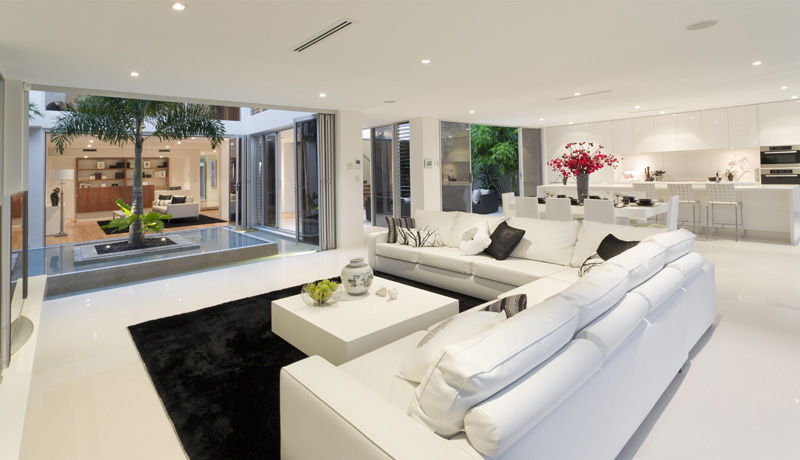
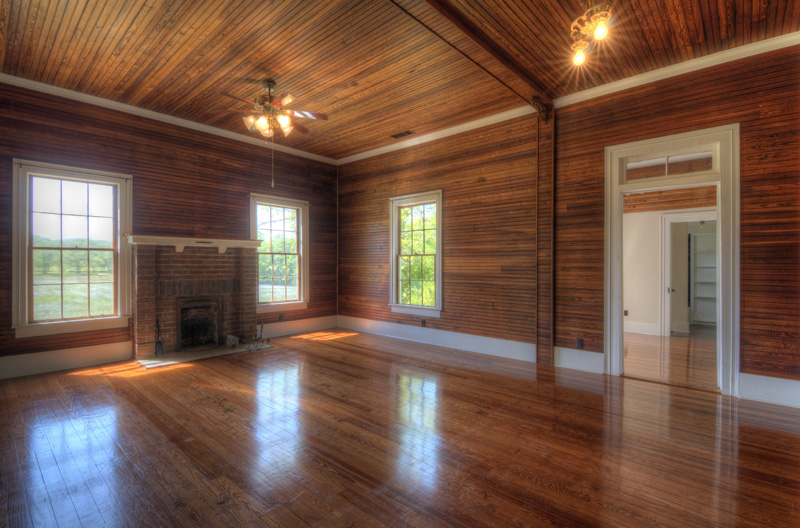
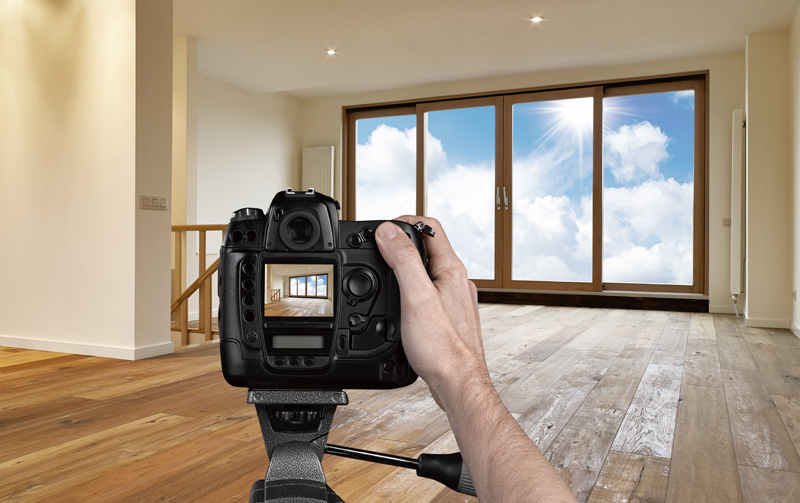

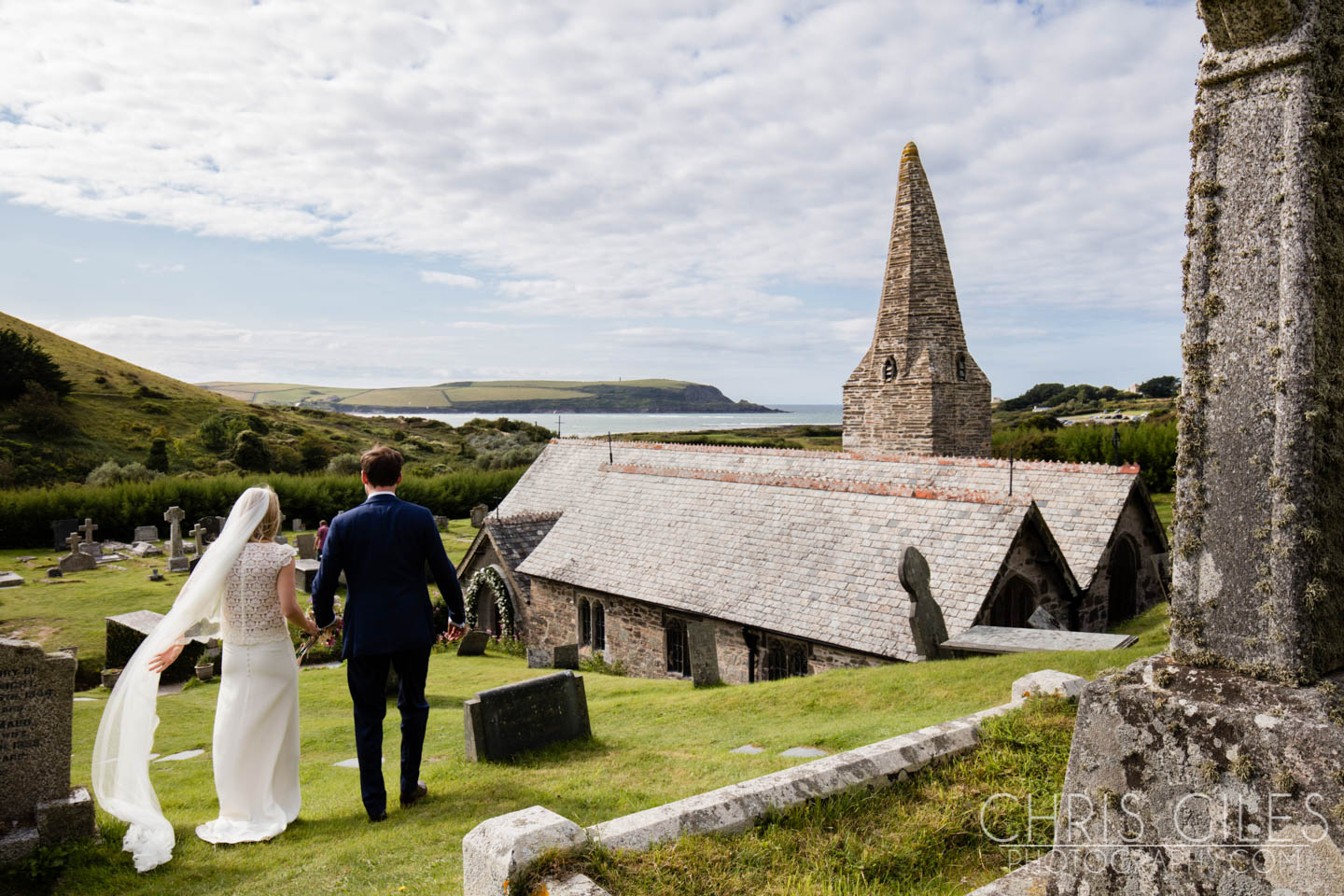

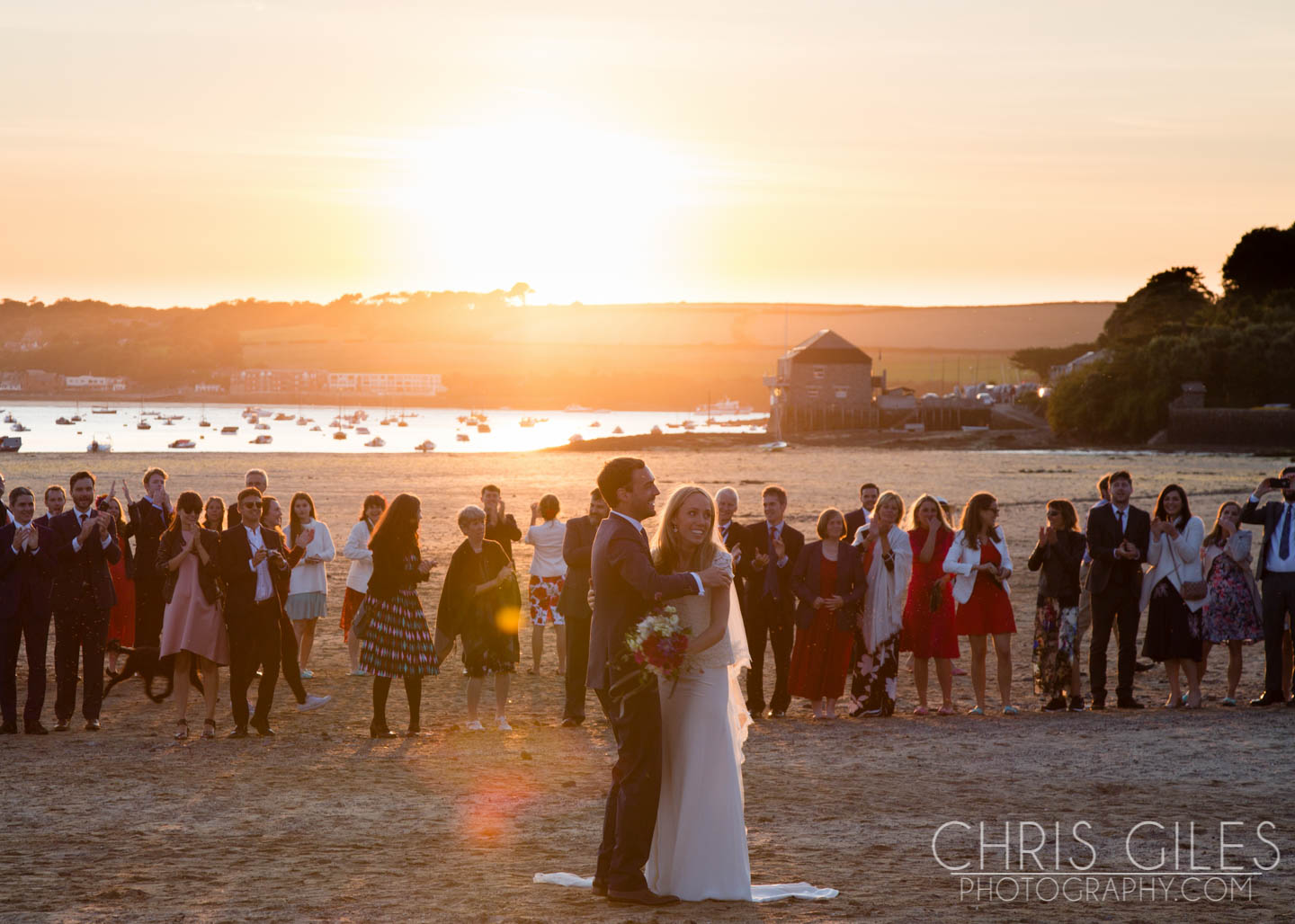
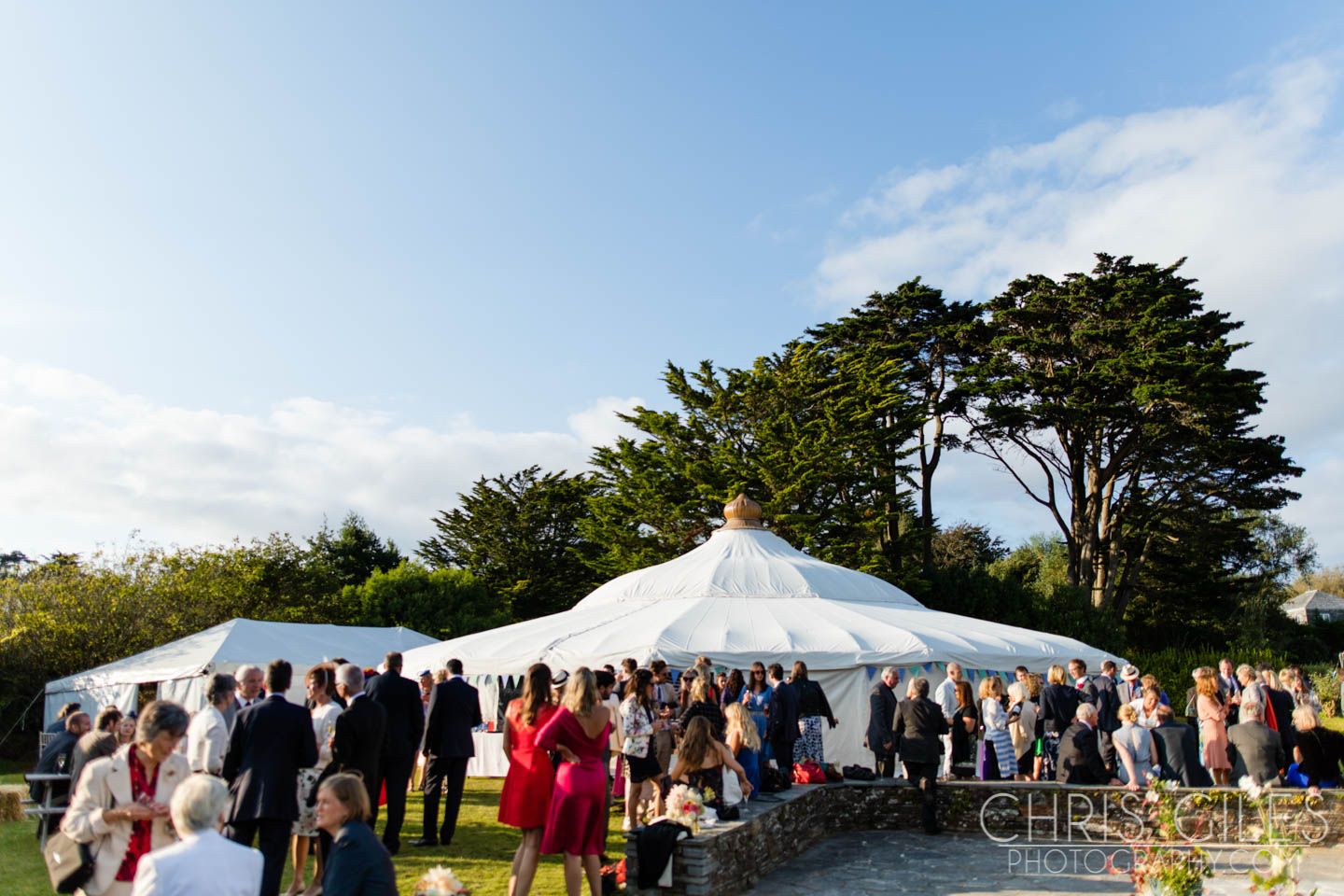
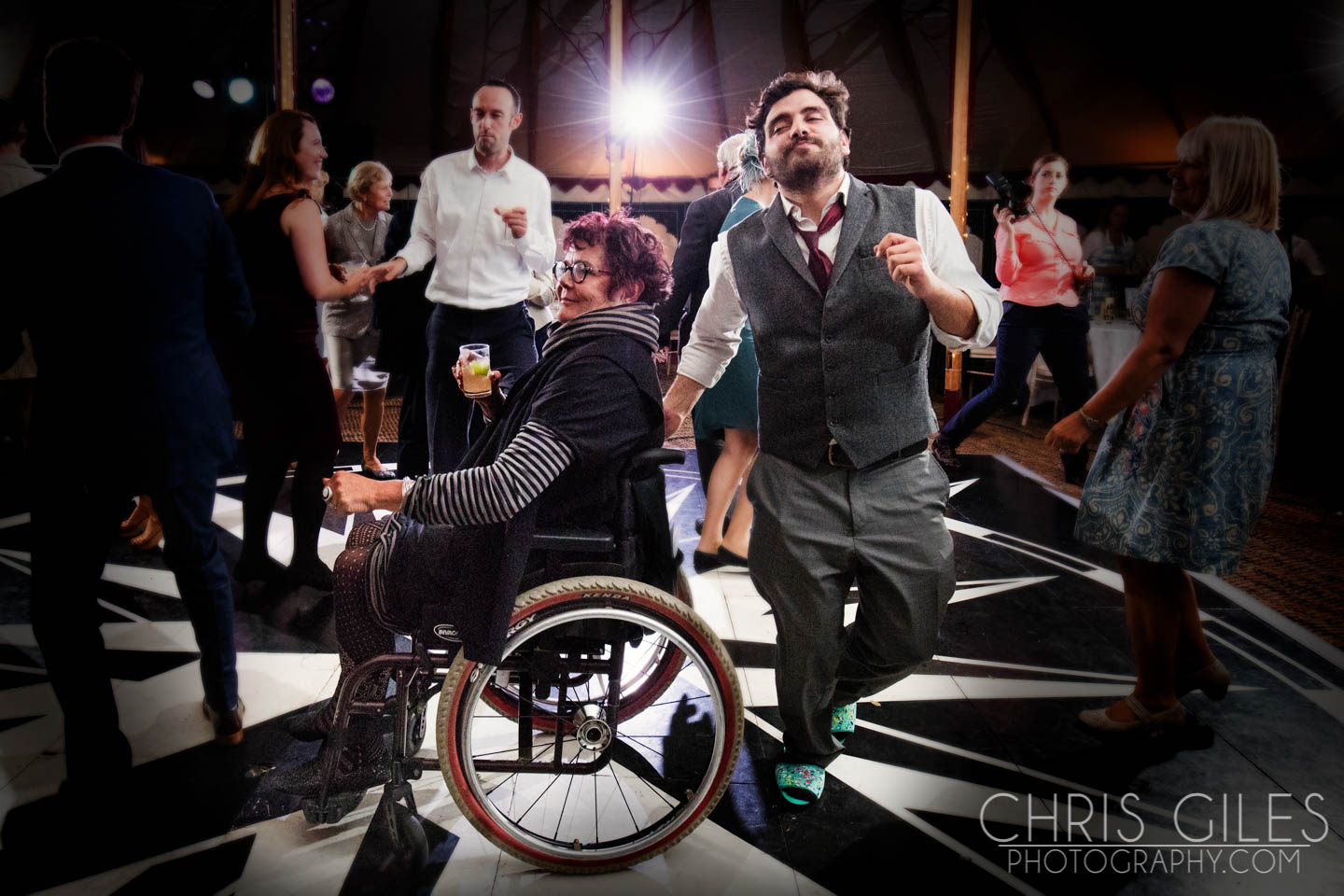

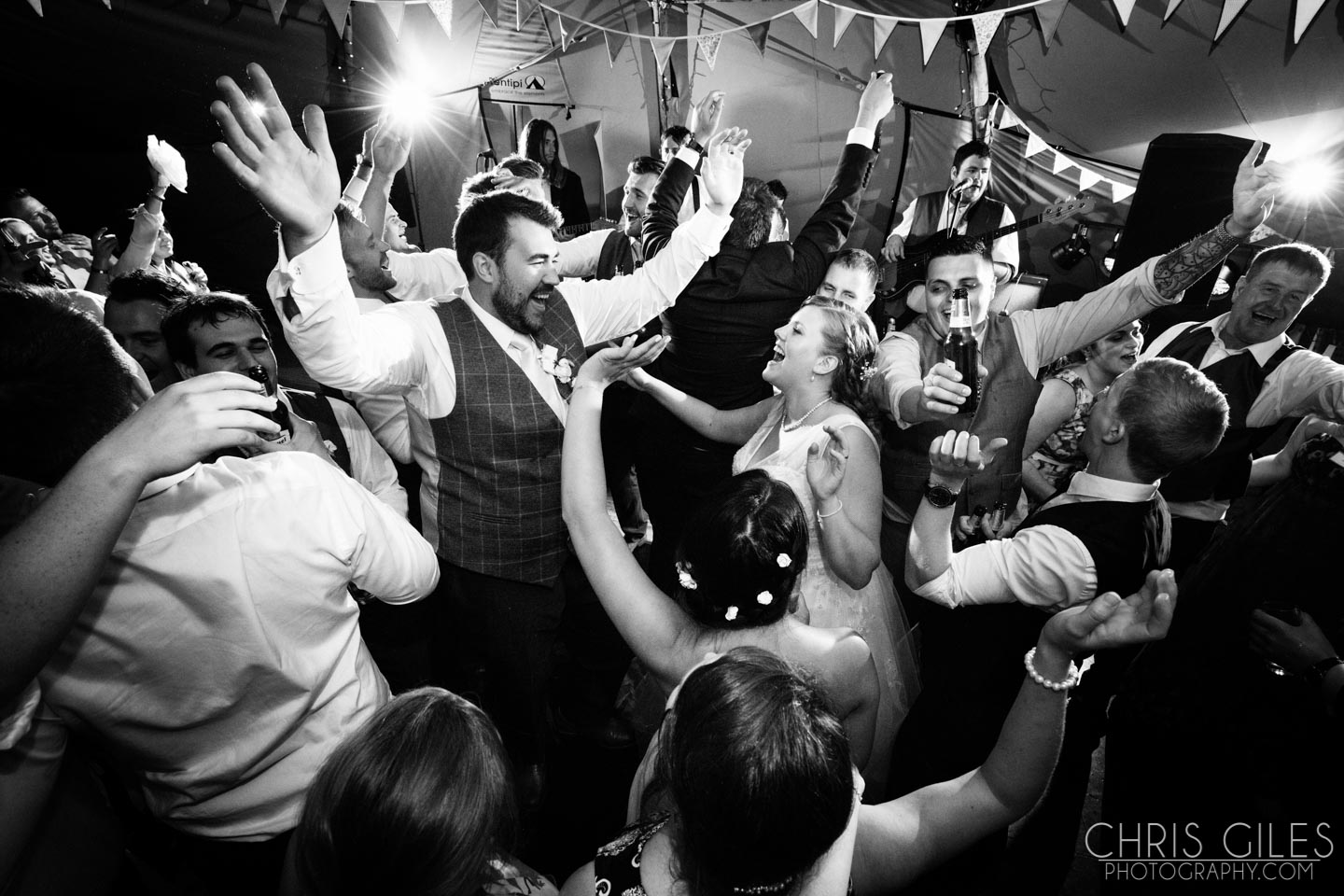
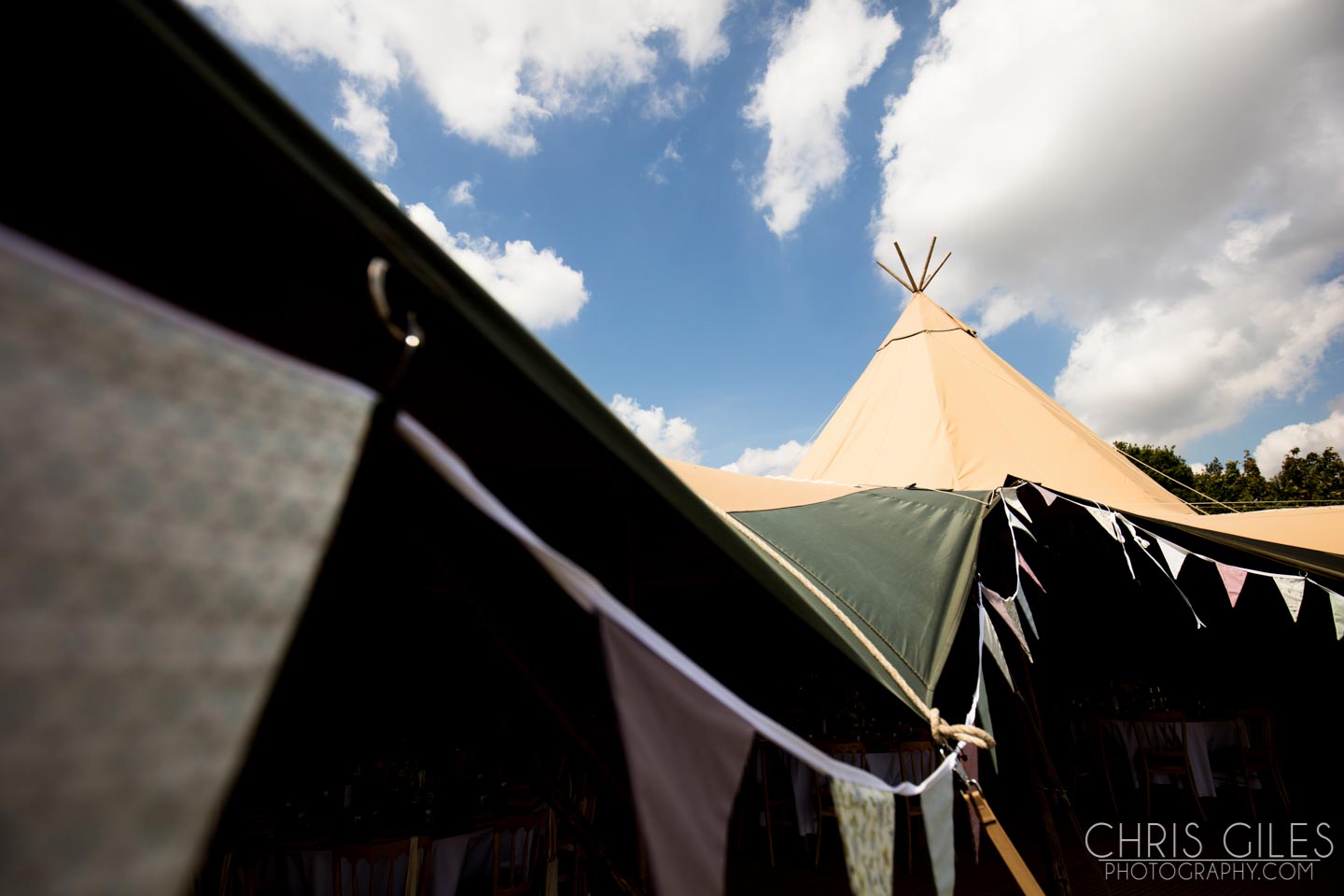
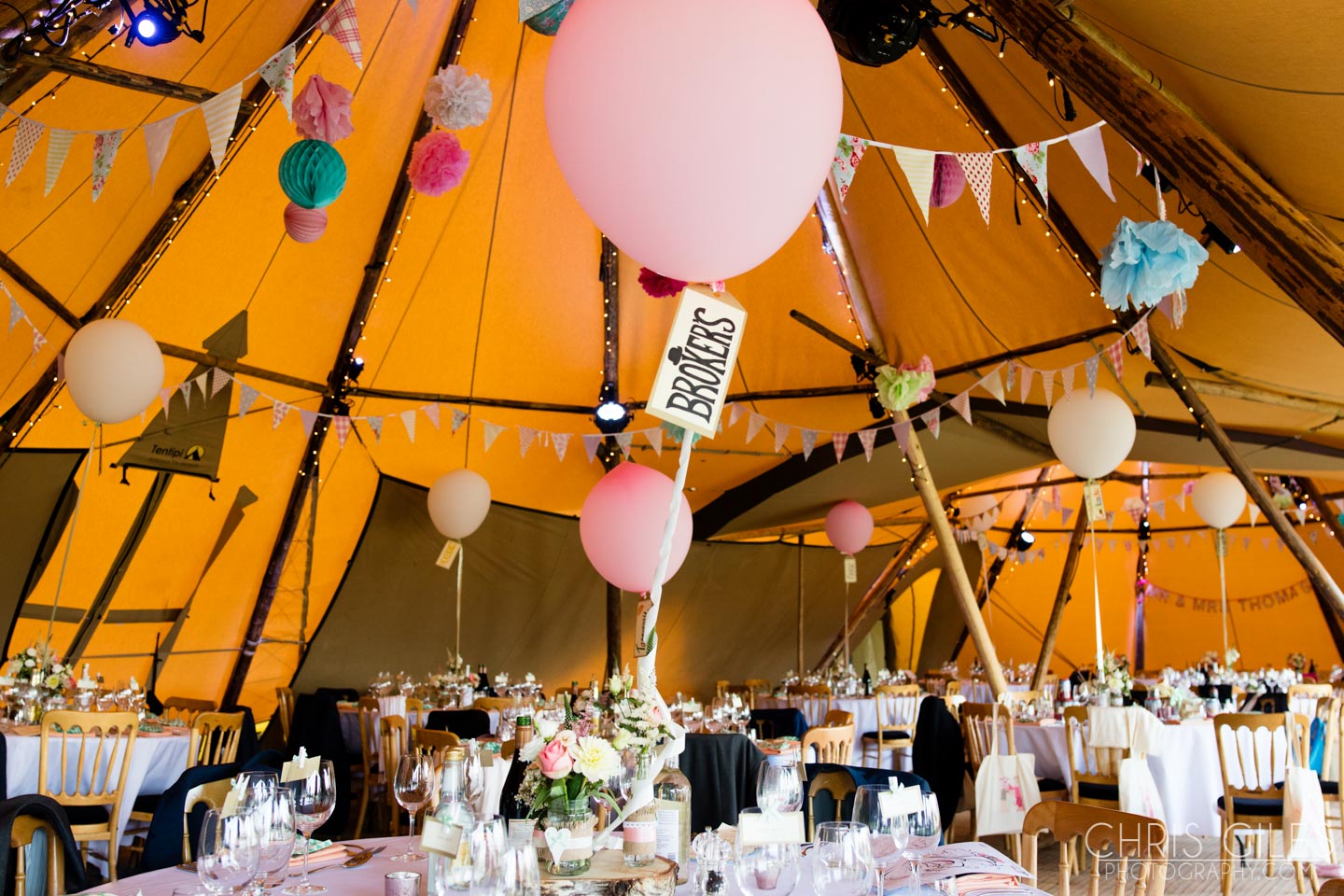
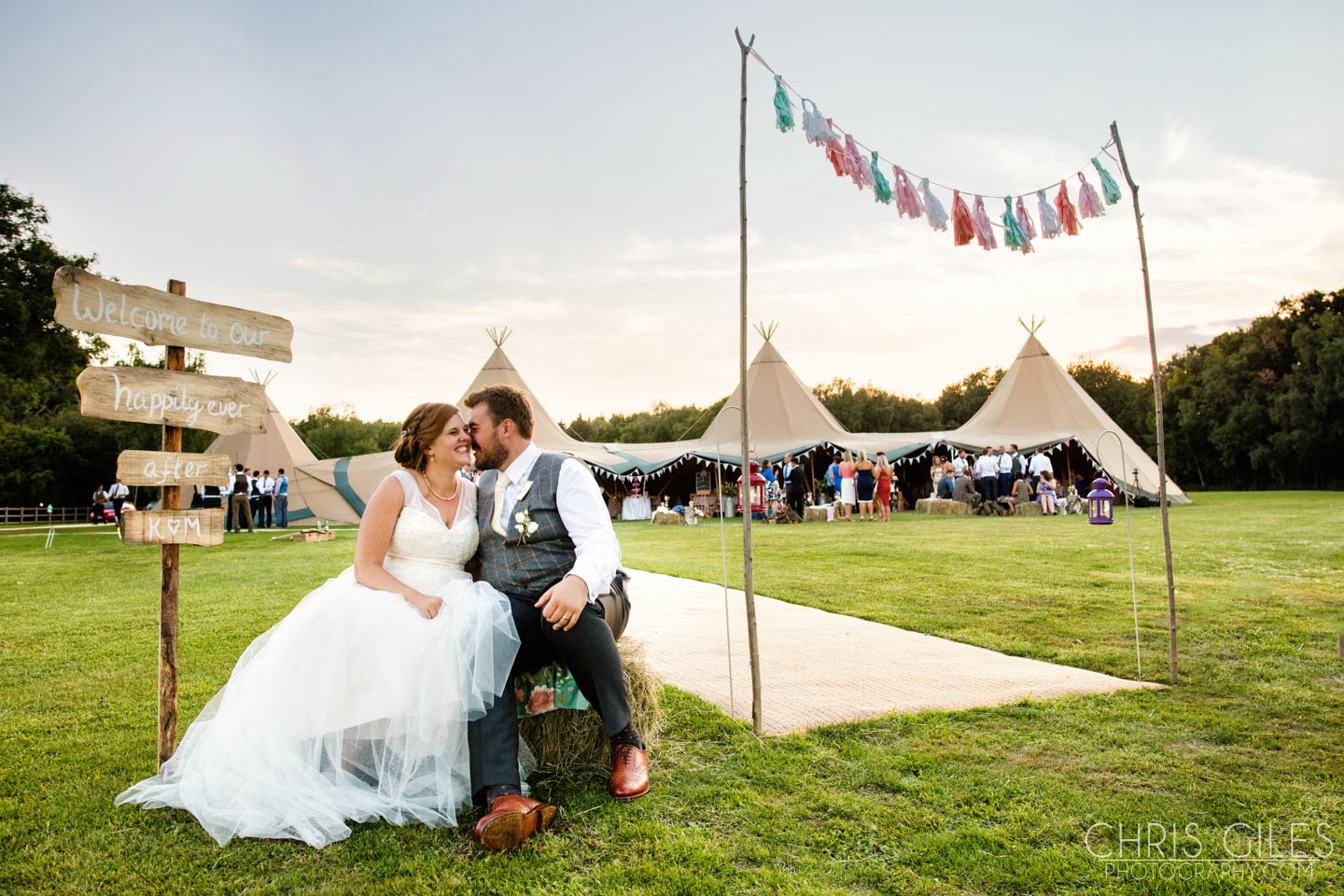
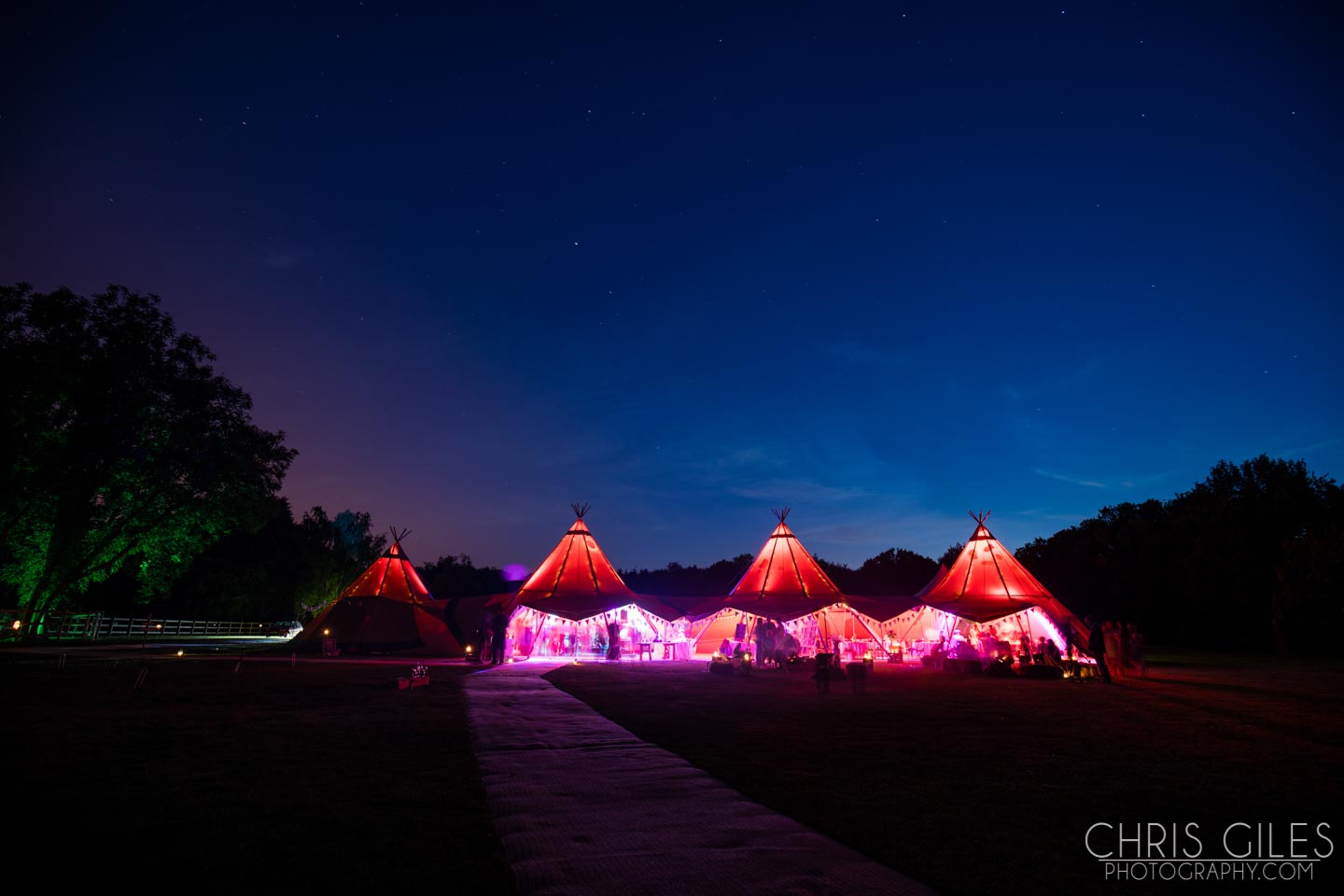

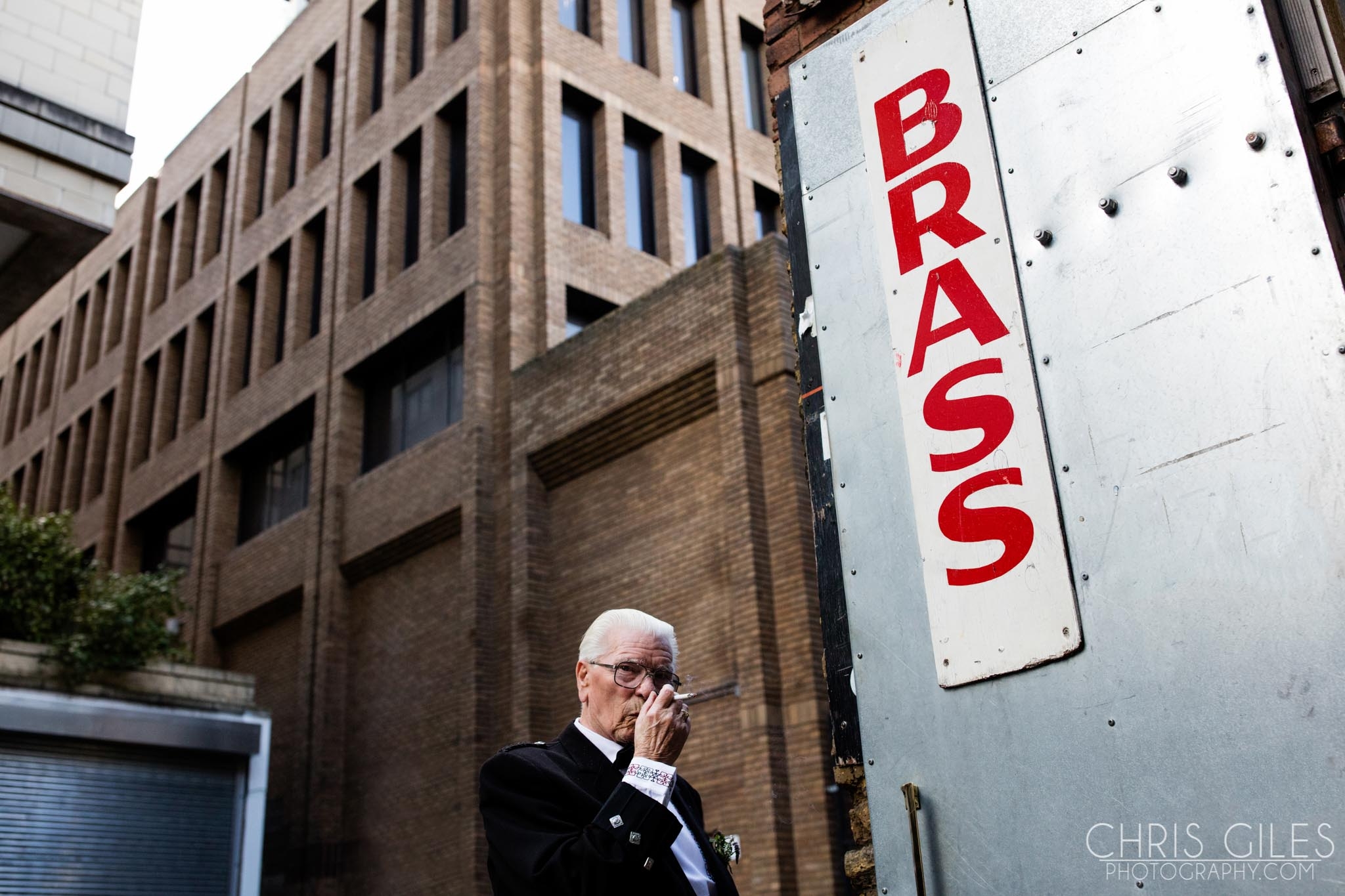
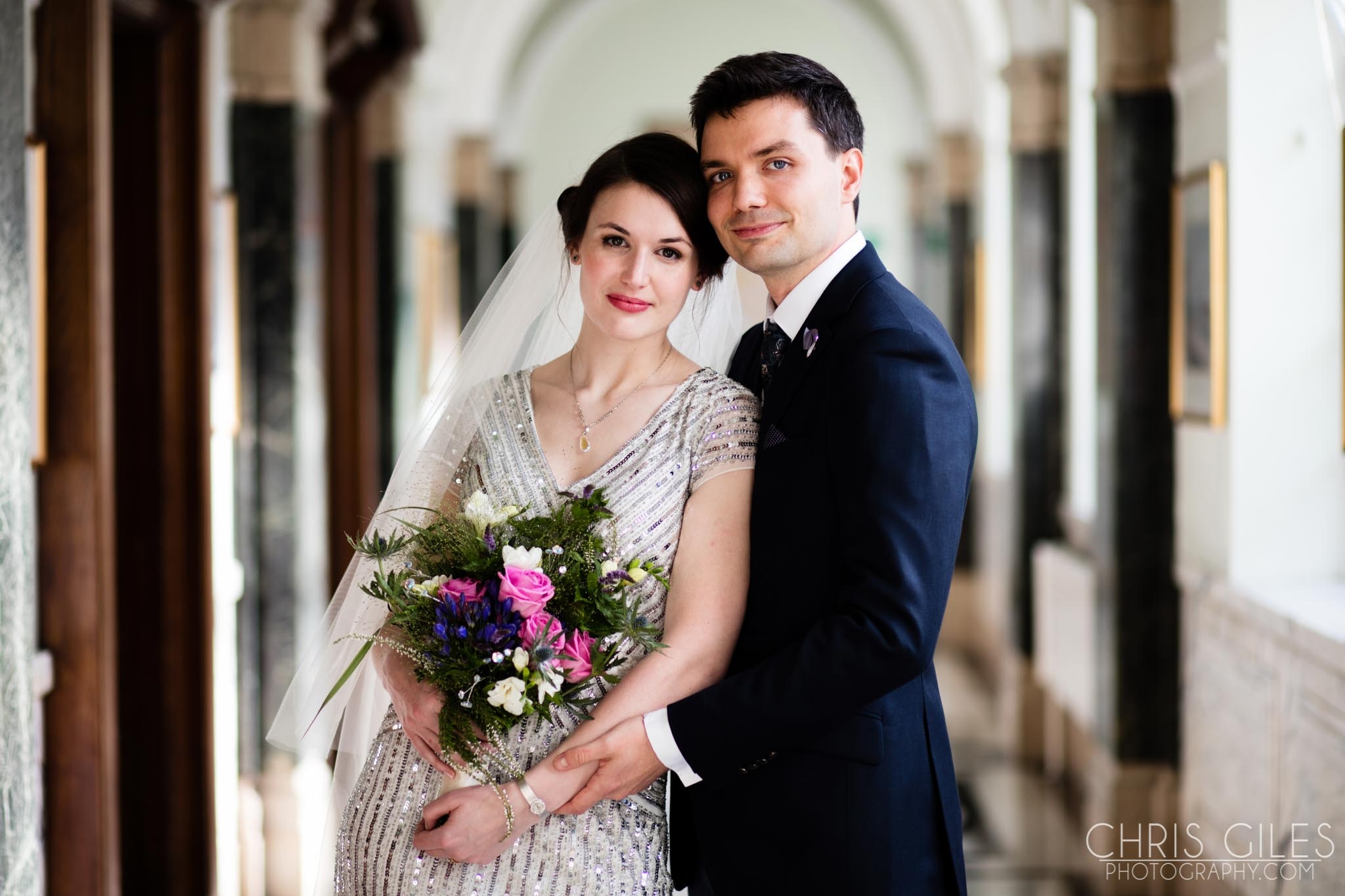
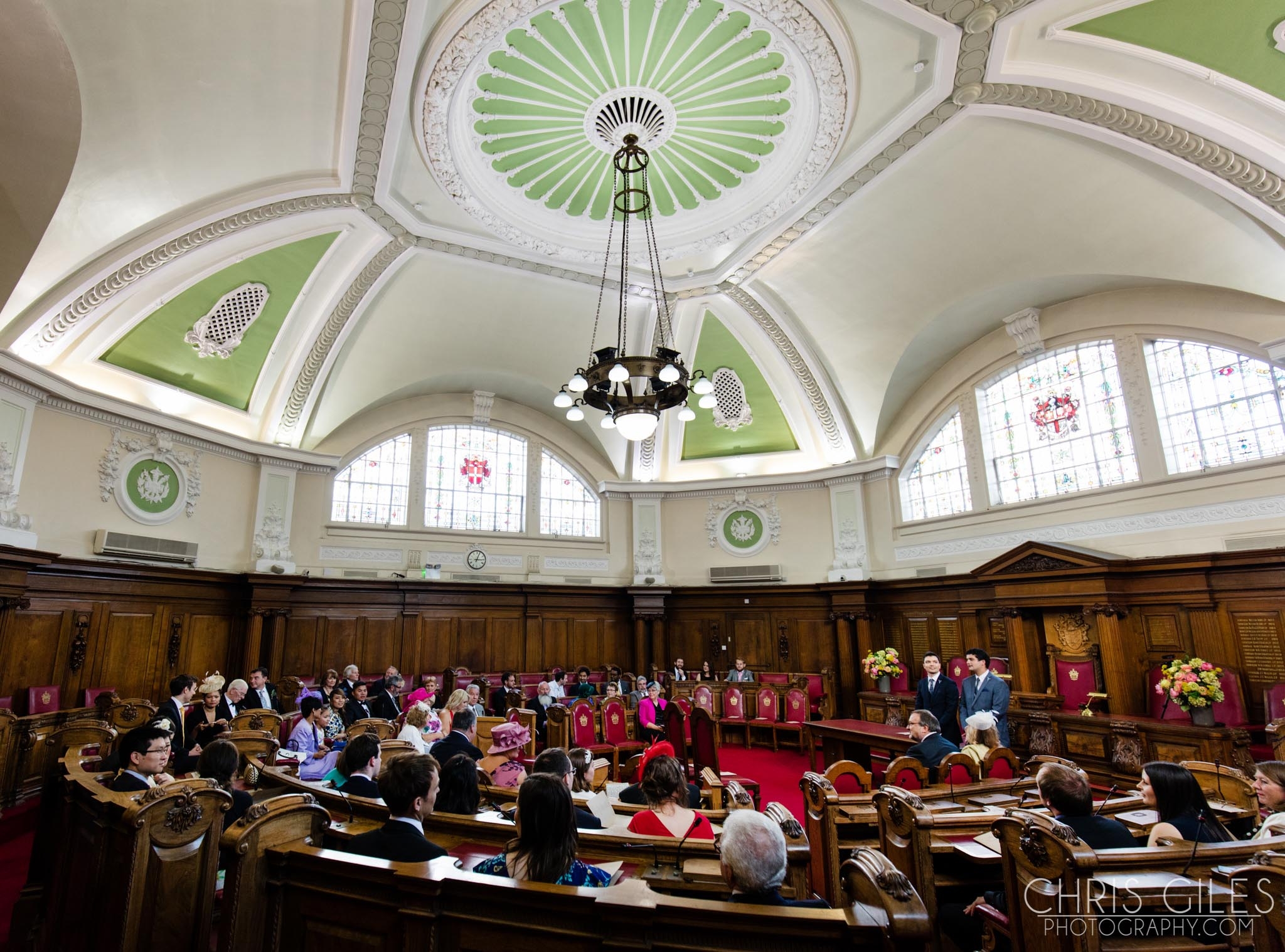
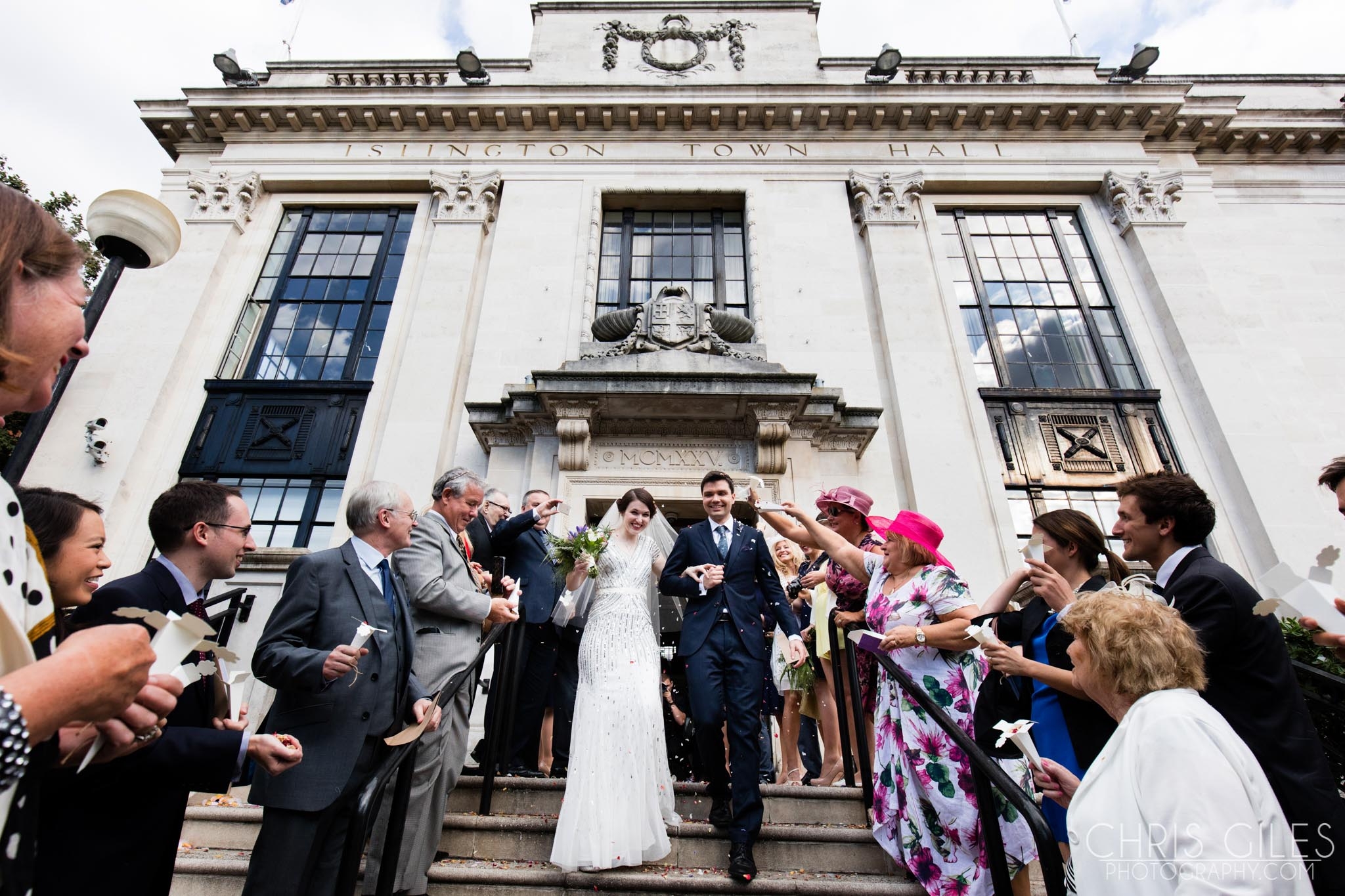
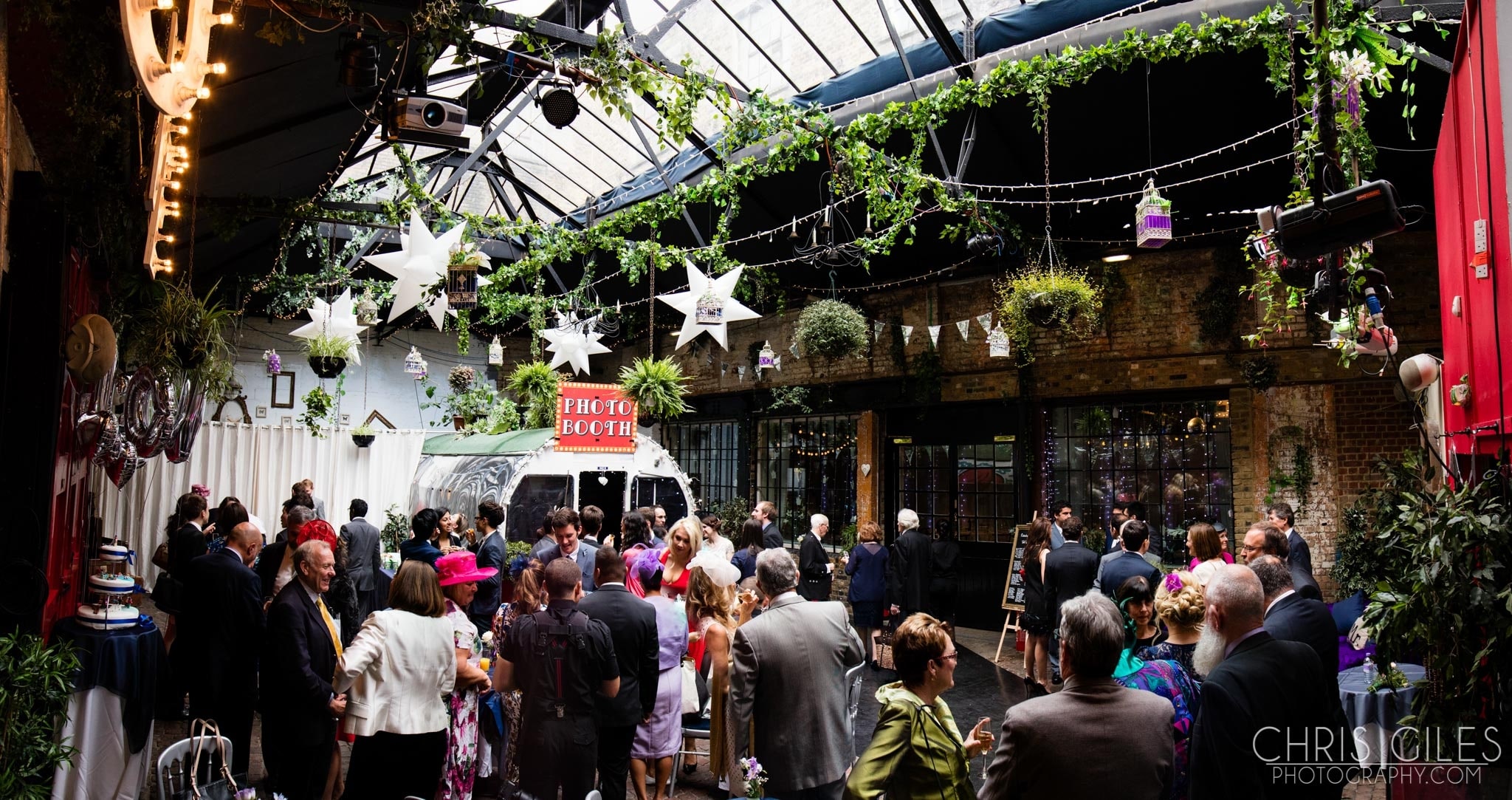
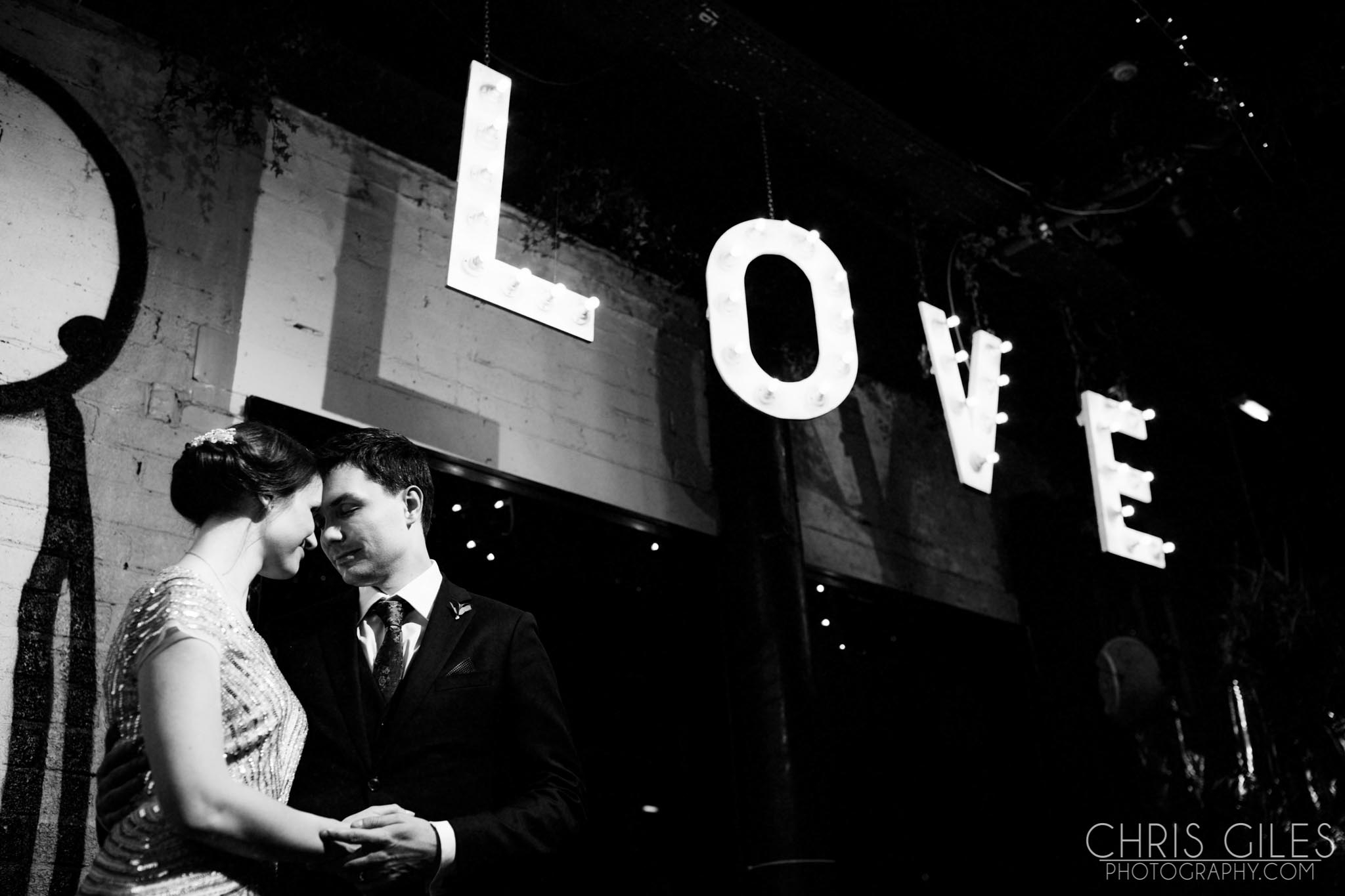

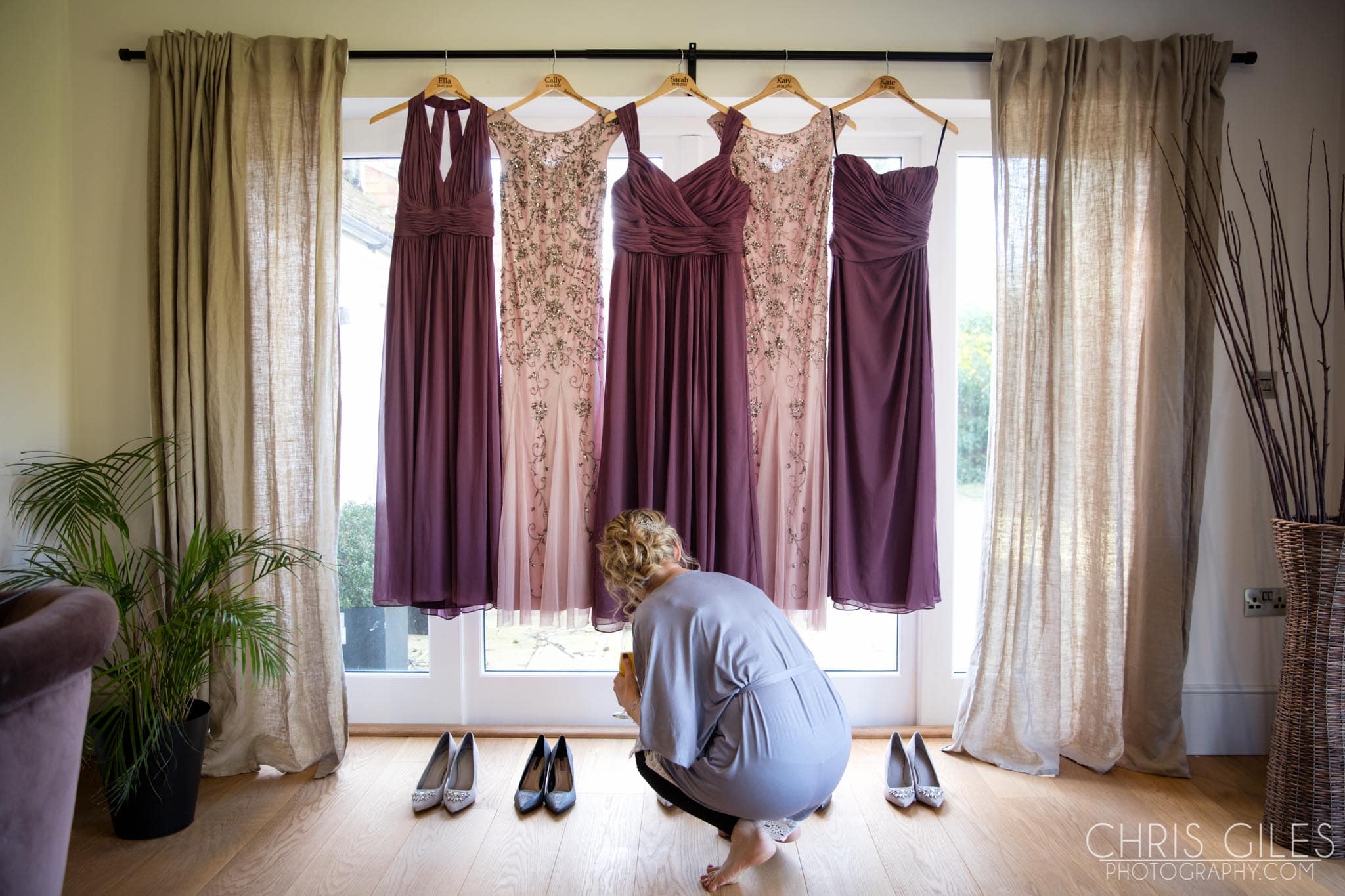
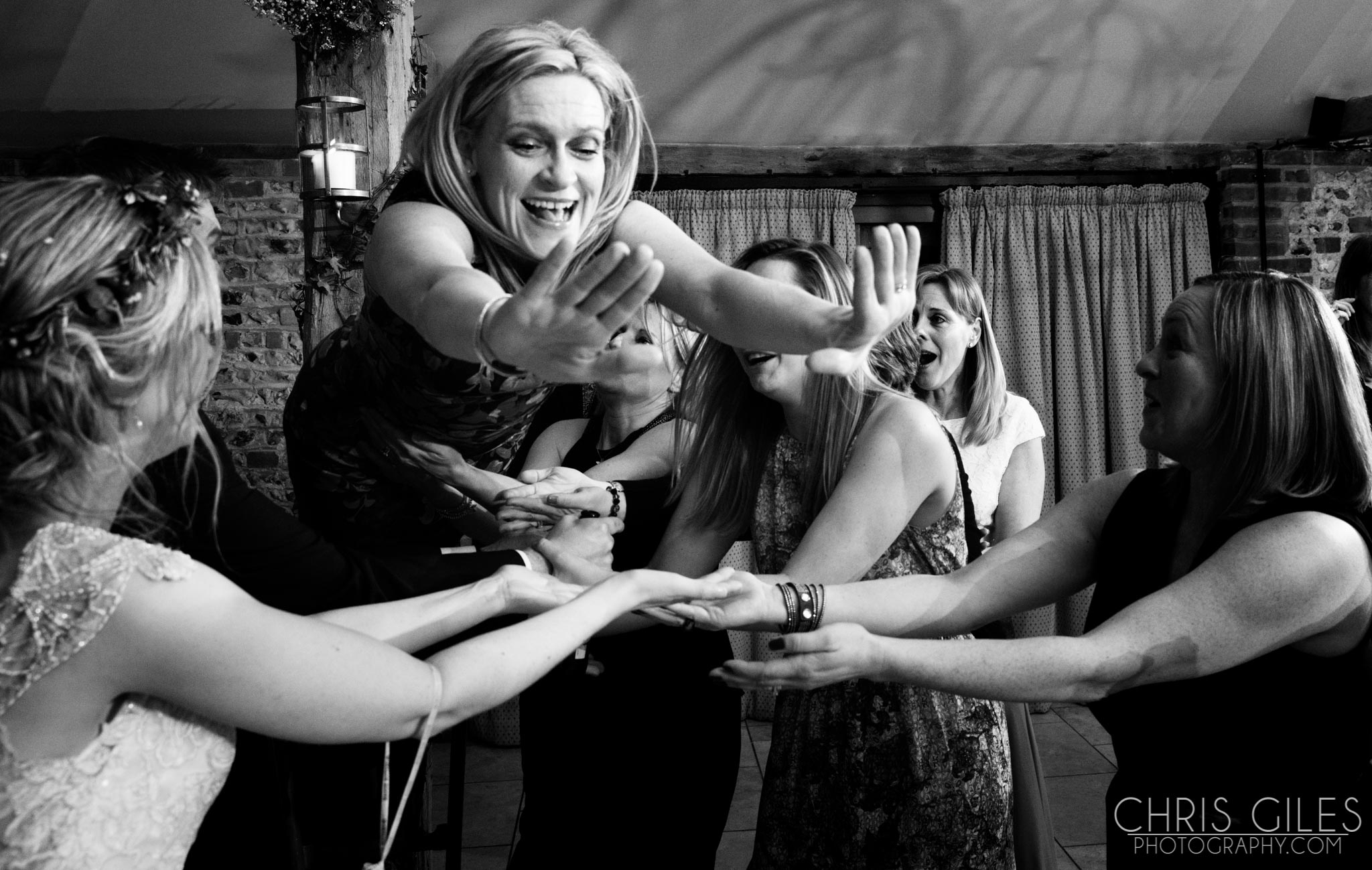
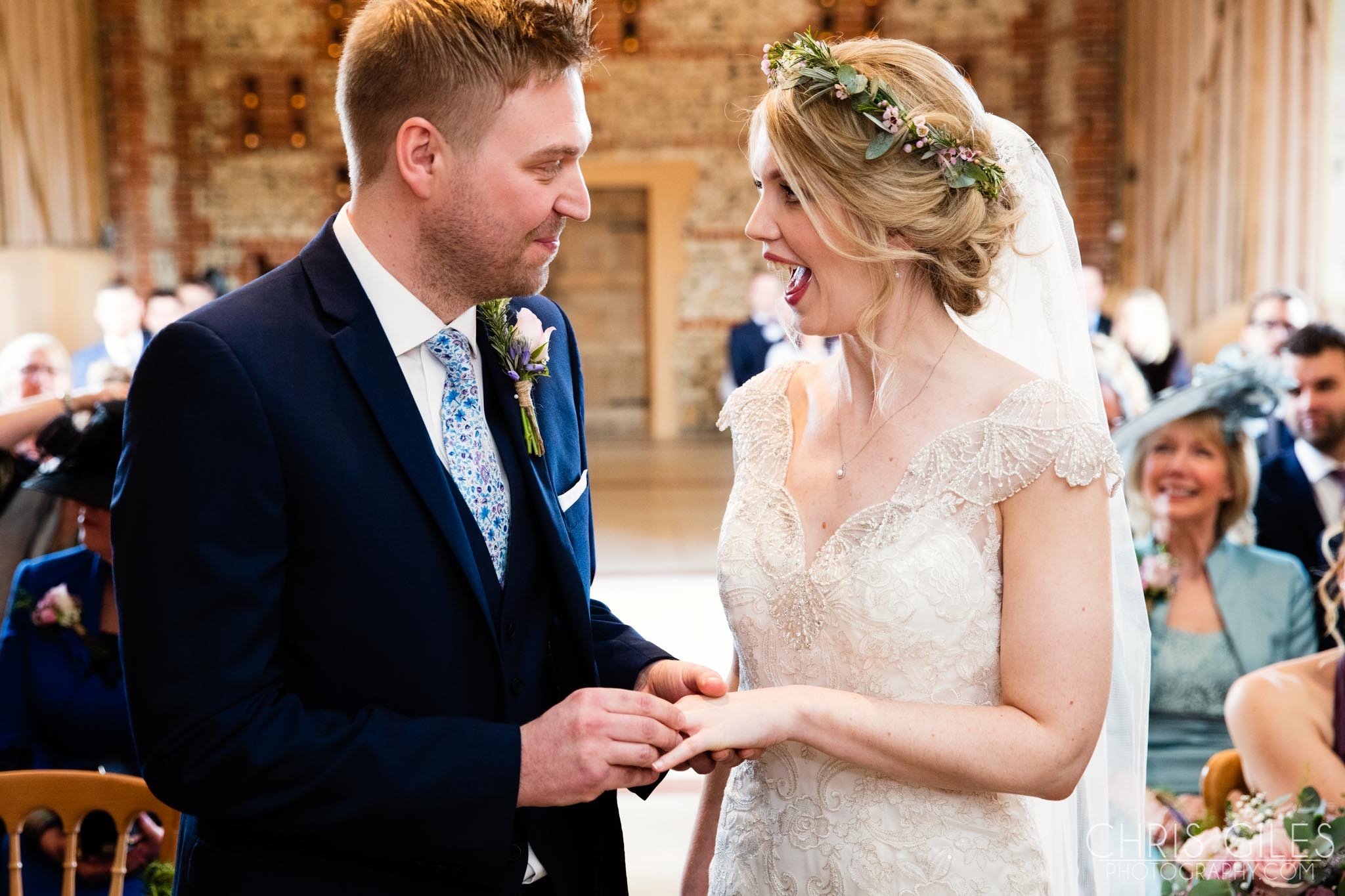
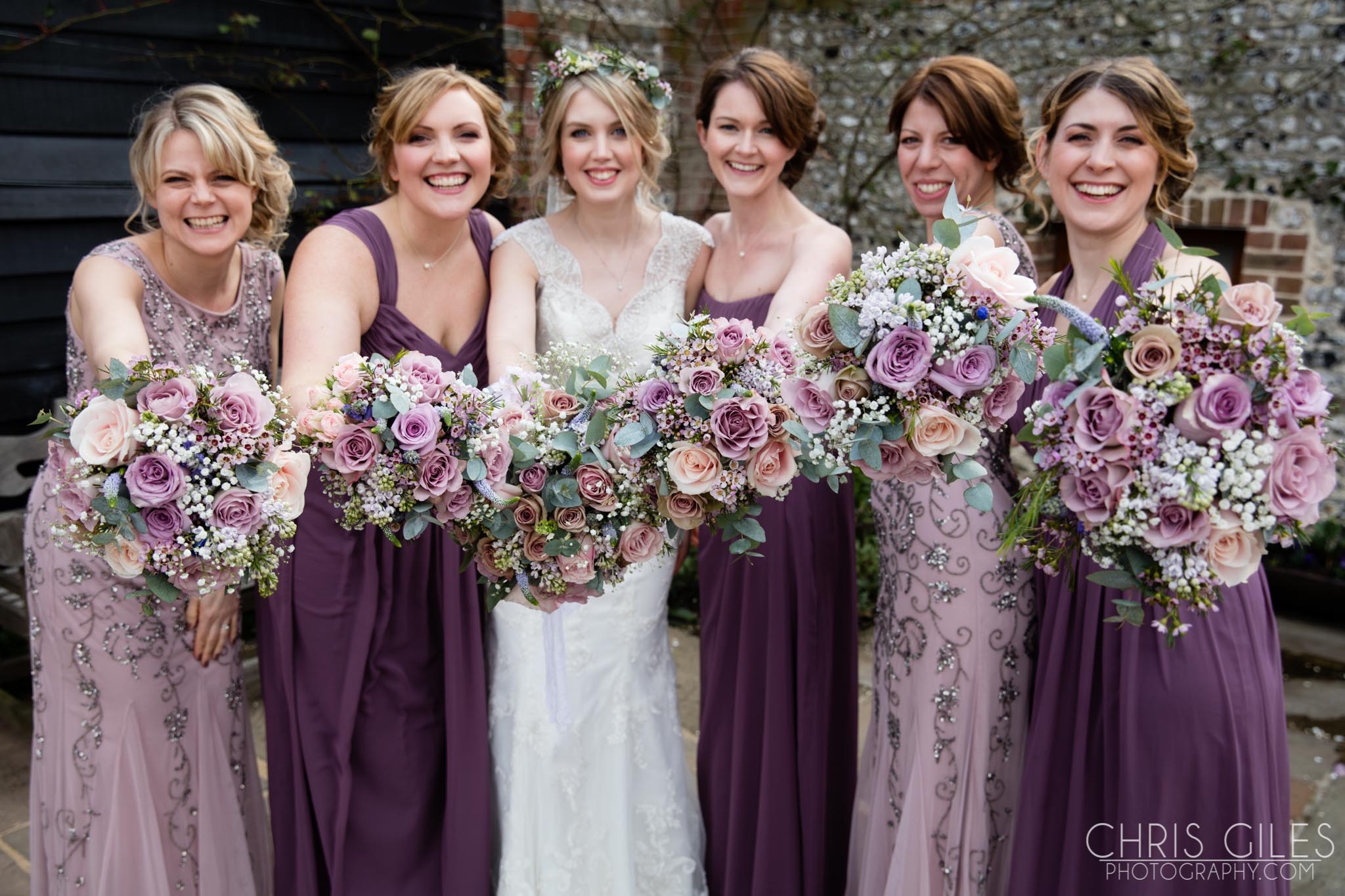
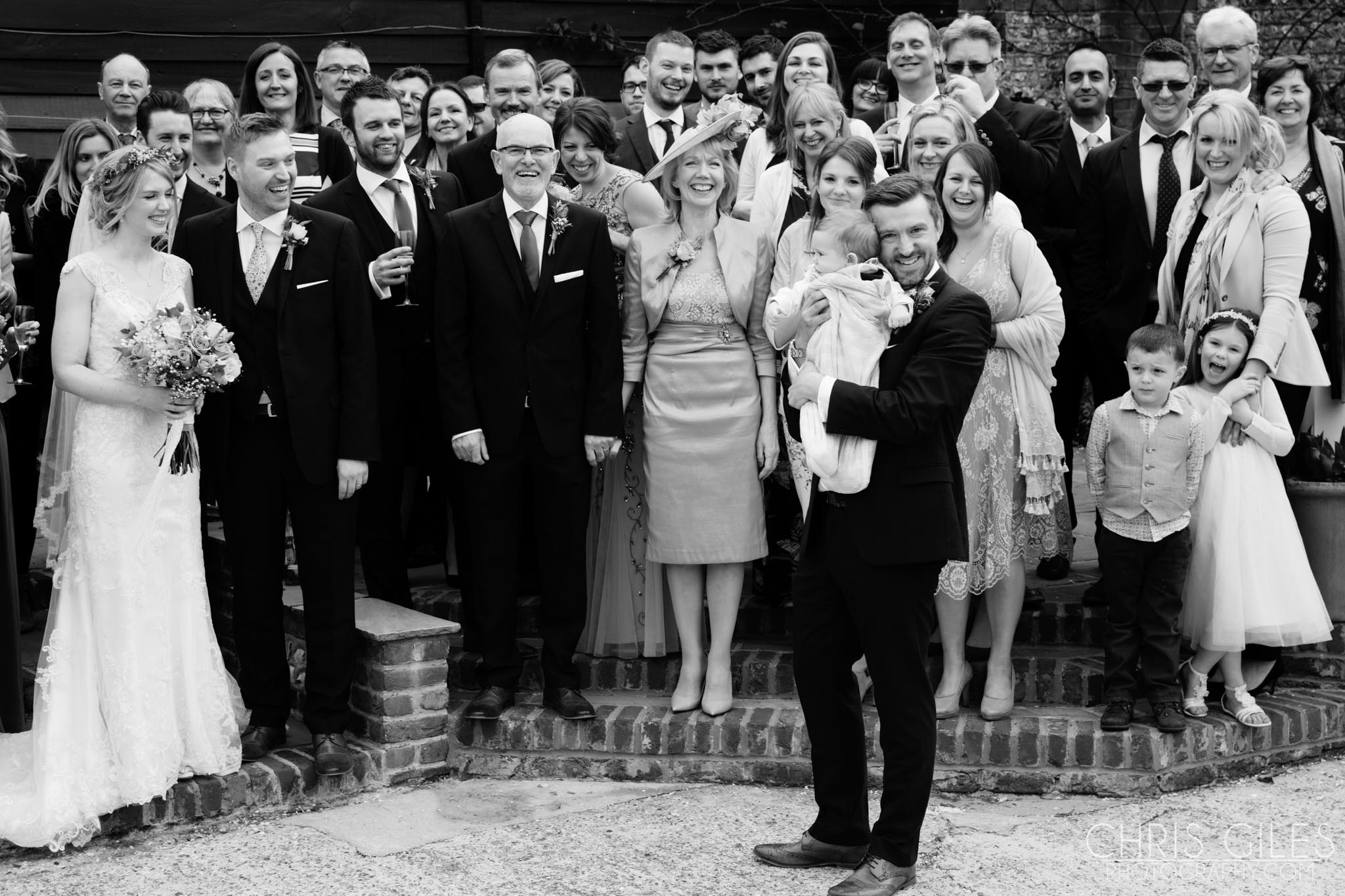
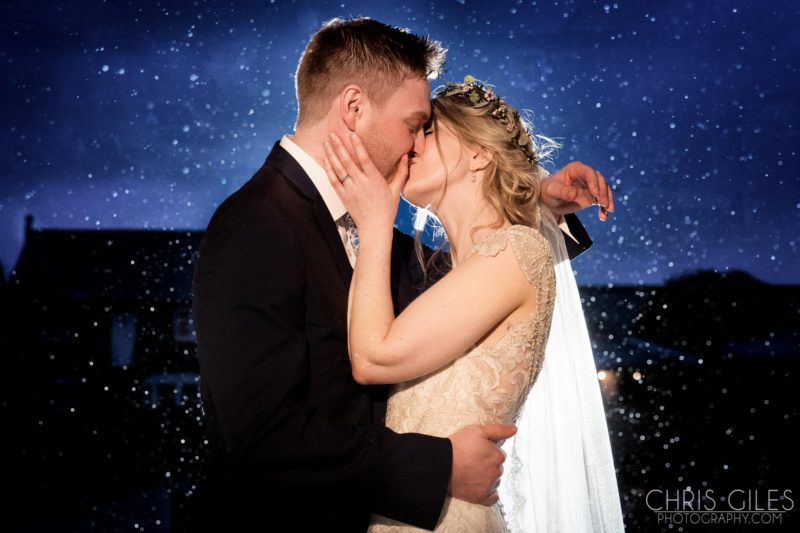

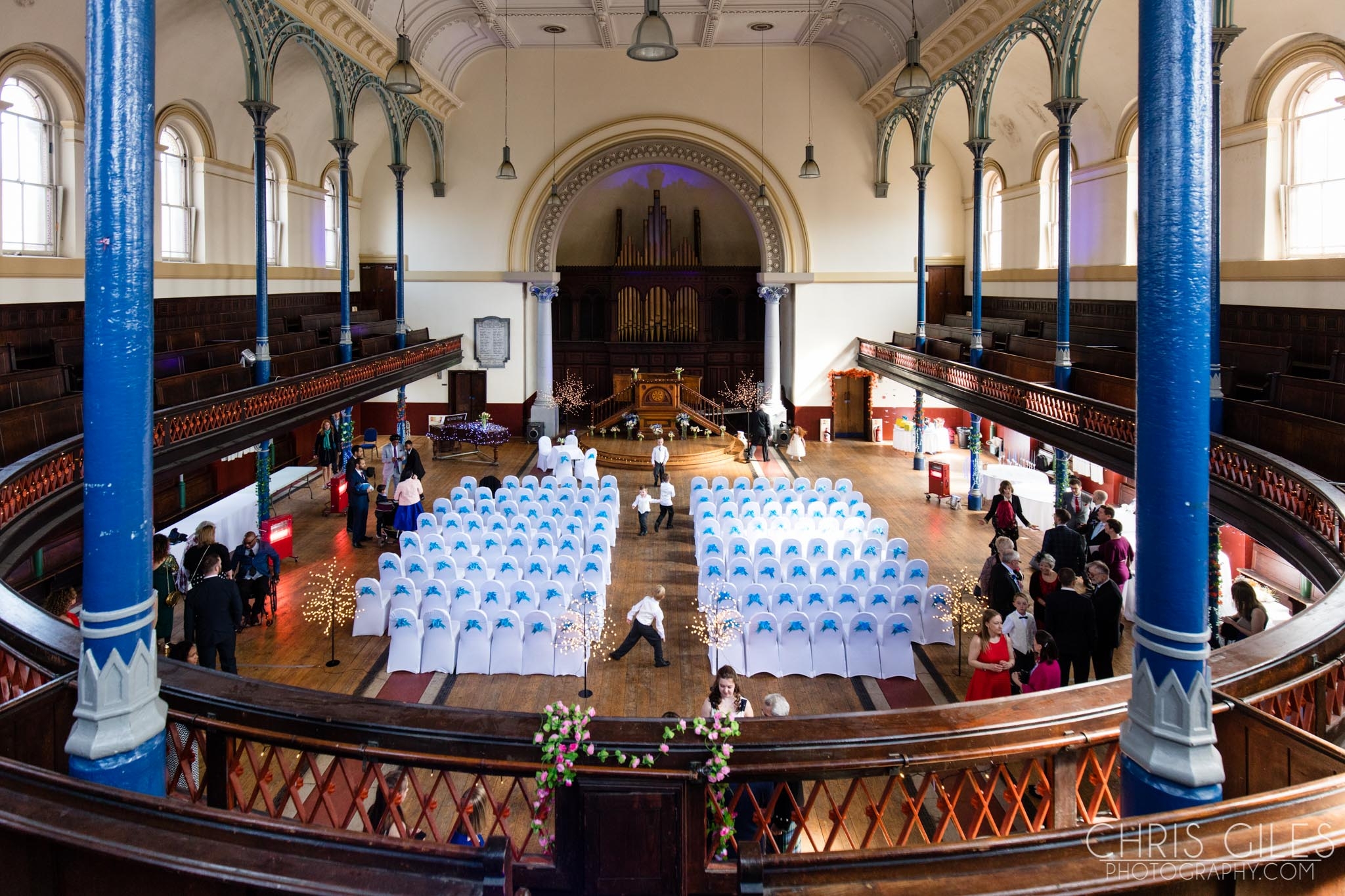
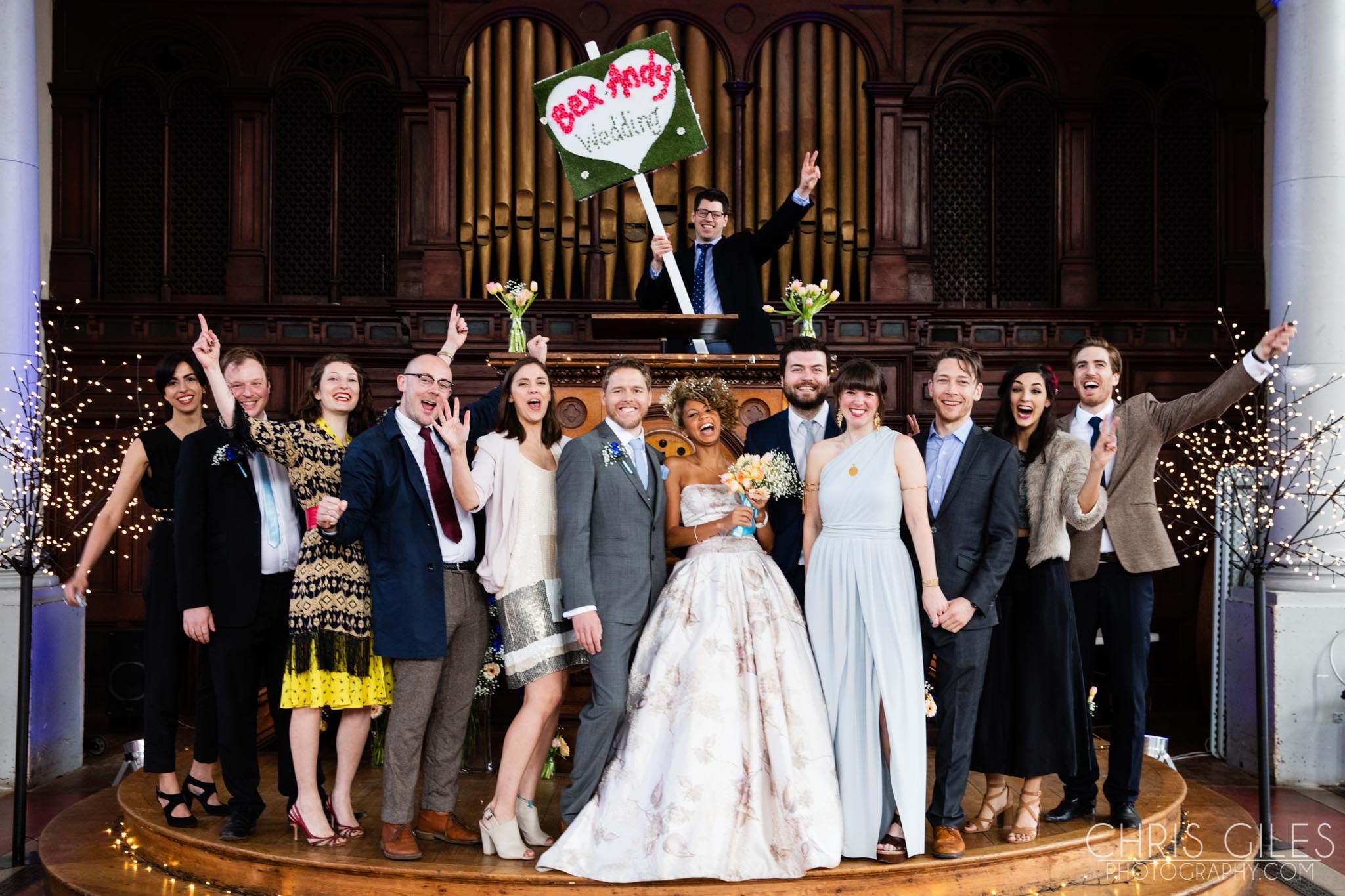 Becky arrived by Black cab before walking down the aisle to a patient Andy. The readings were very emotional bringing tears all round and there was a lot of love in the room between everyone.
Becky arrived by Black cab before walking down the aisle to a patient Andy. The readings were very emotional bringing tears all round and there was a lot of love in the room between everyone.